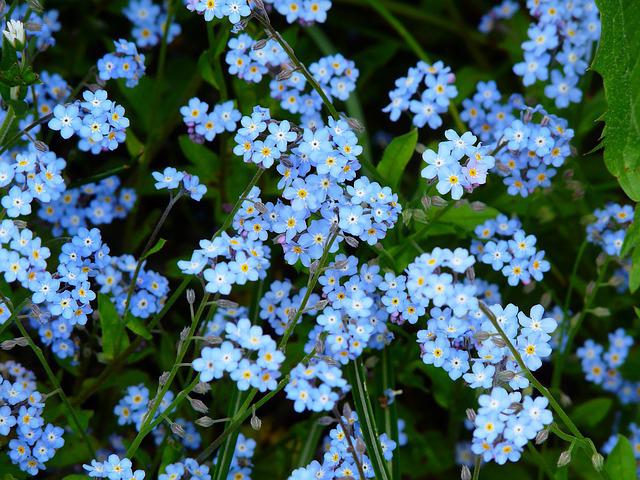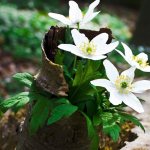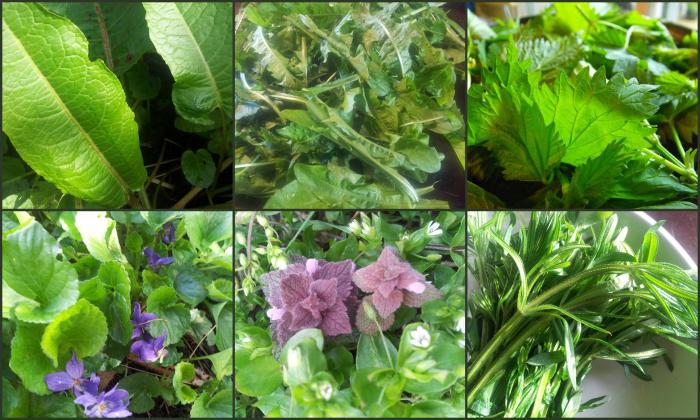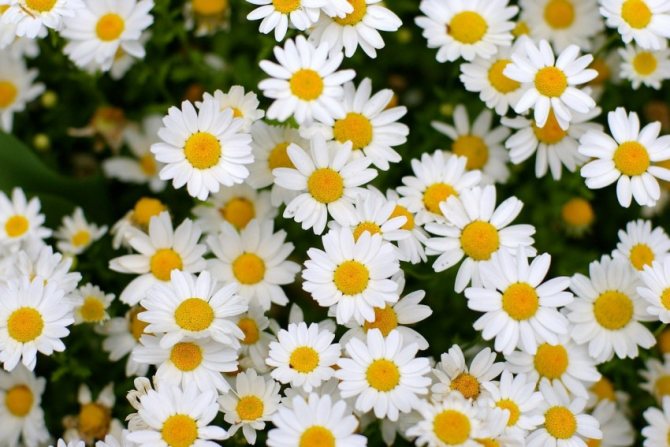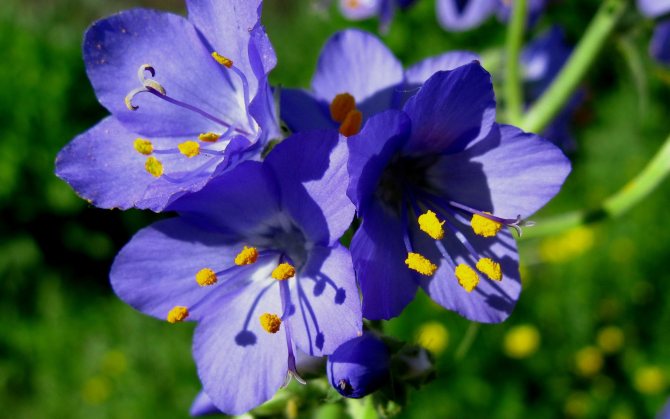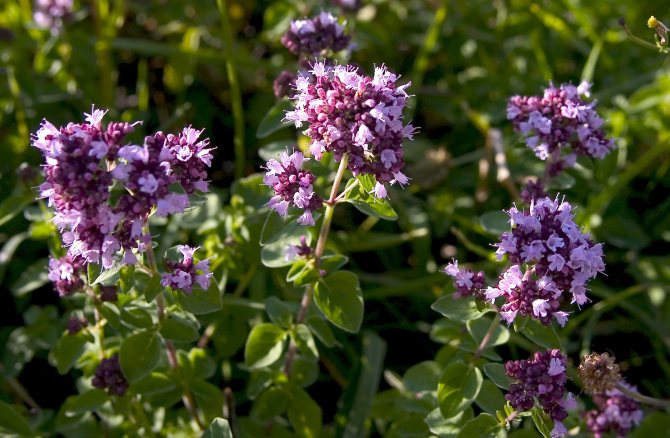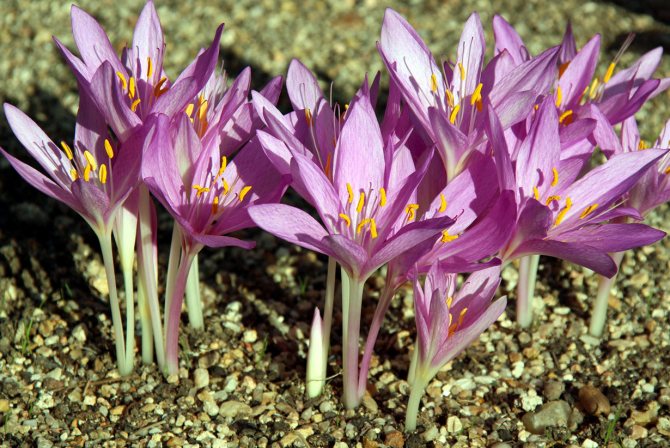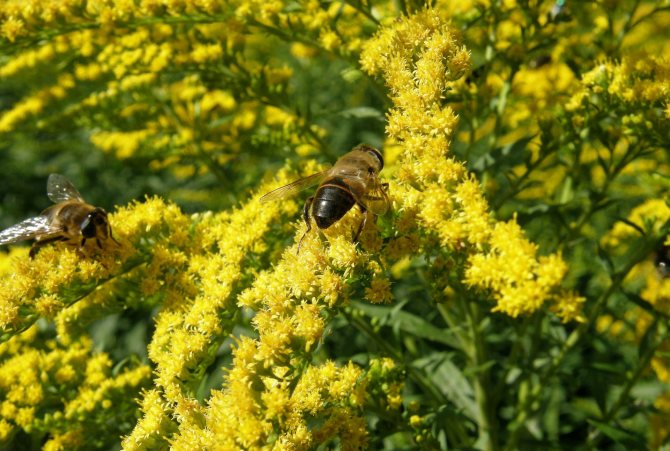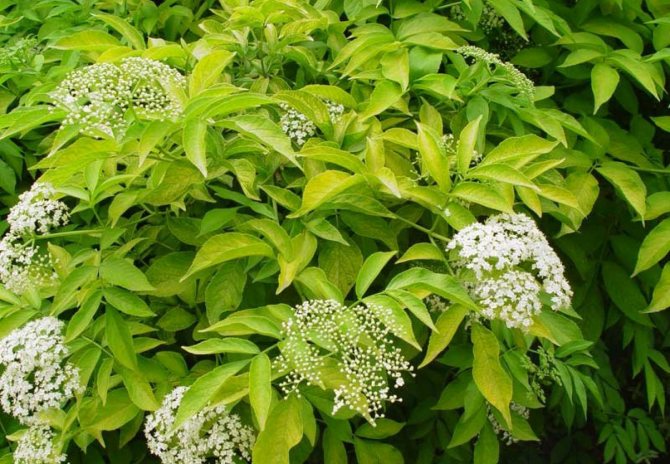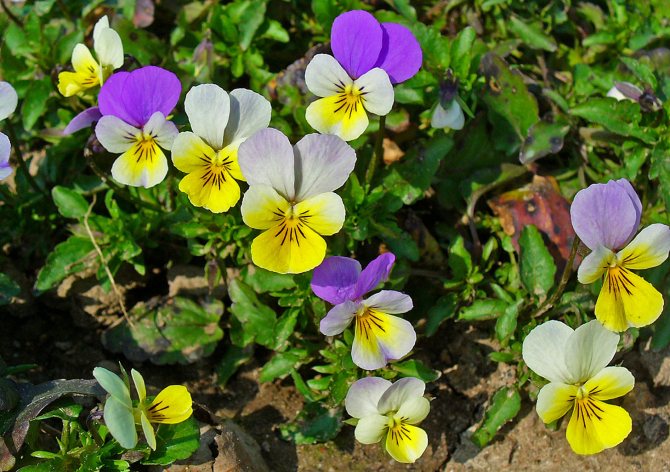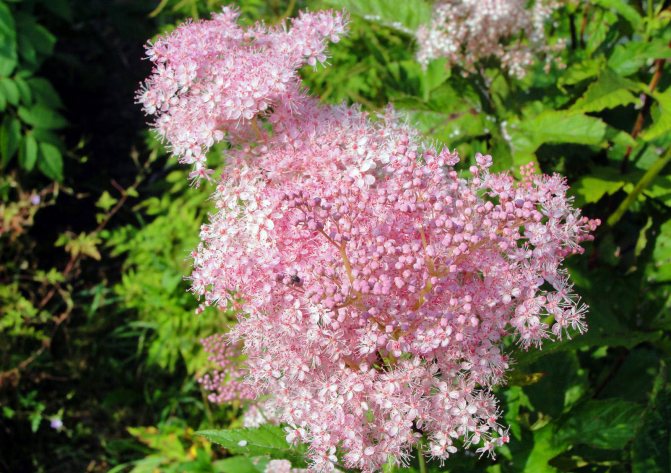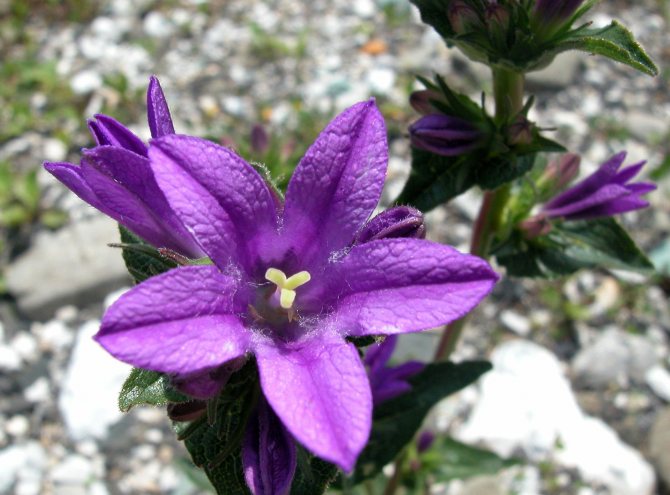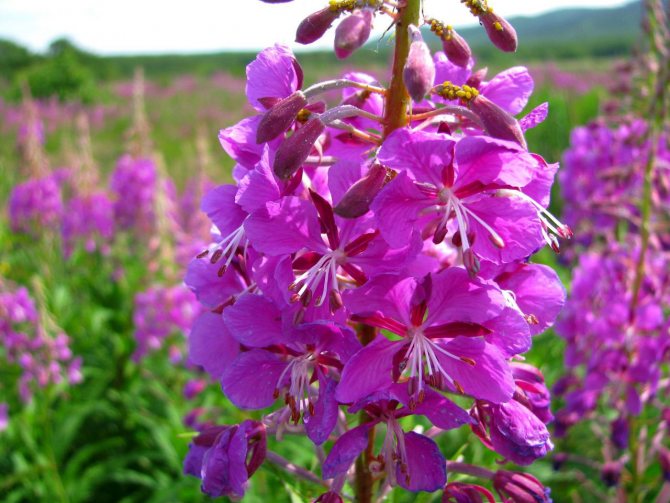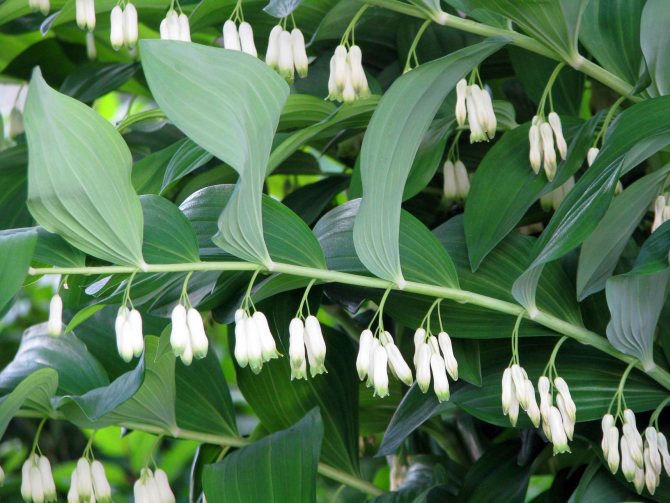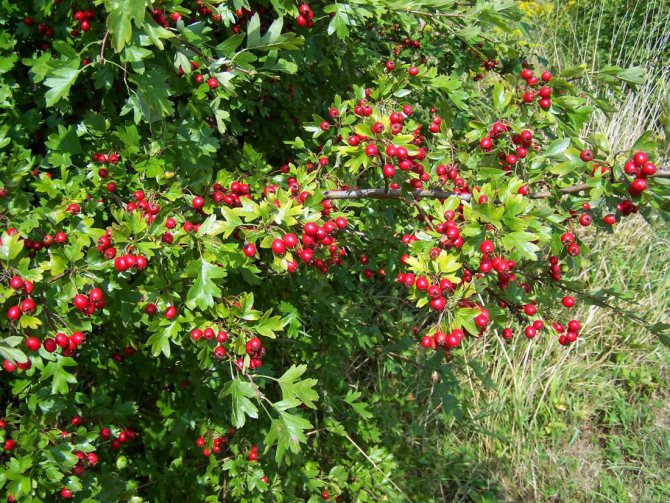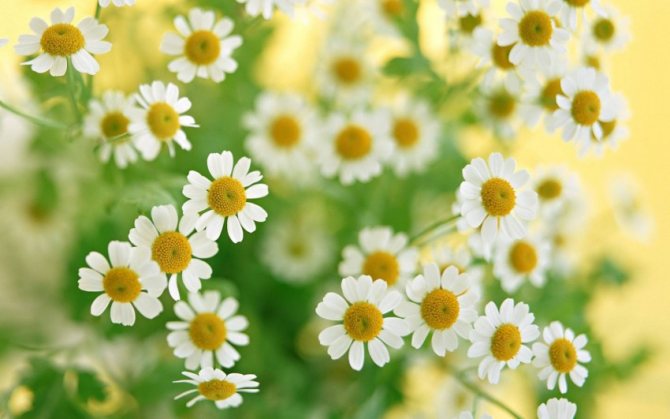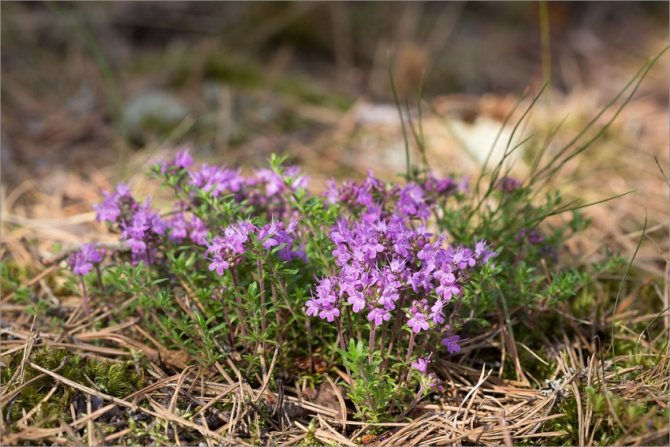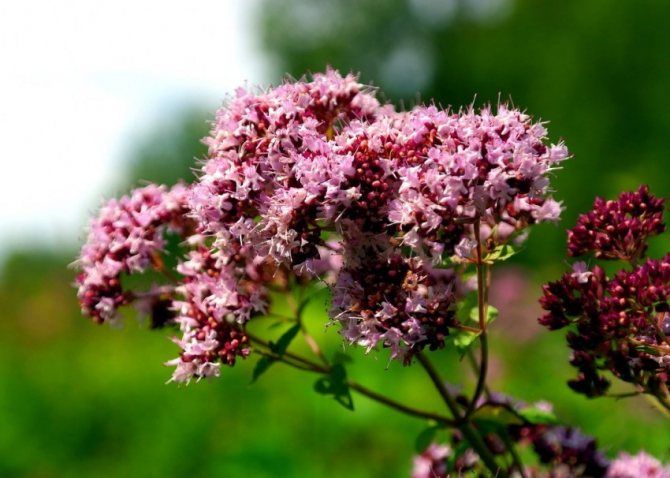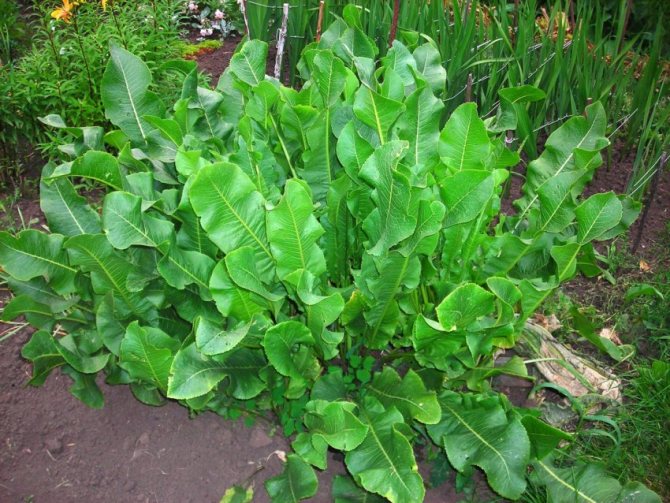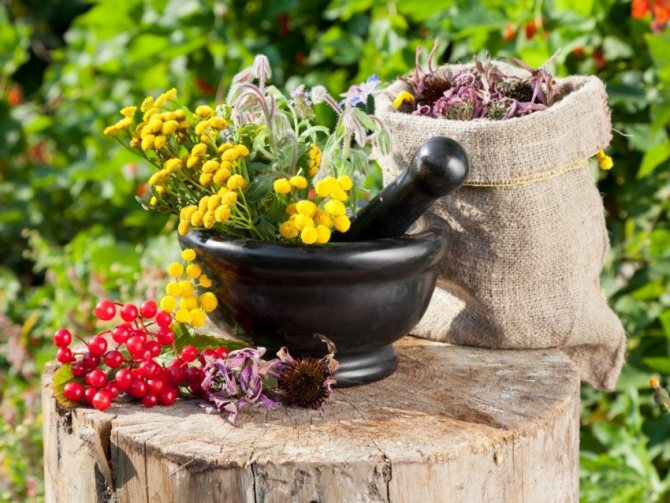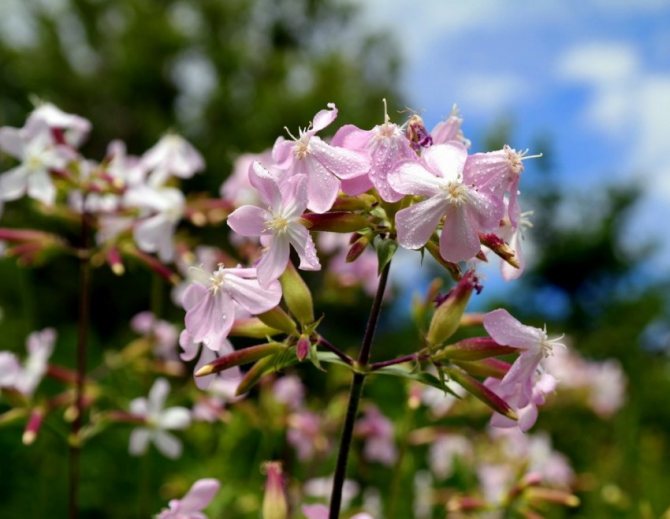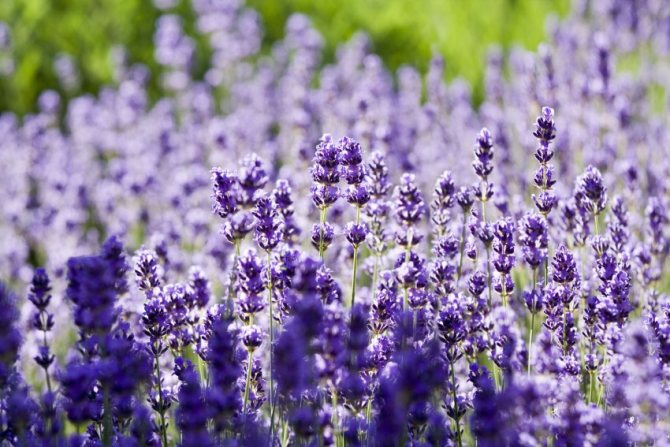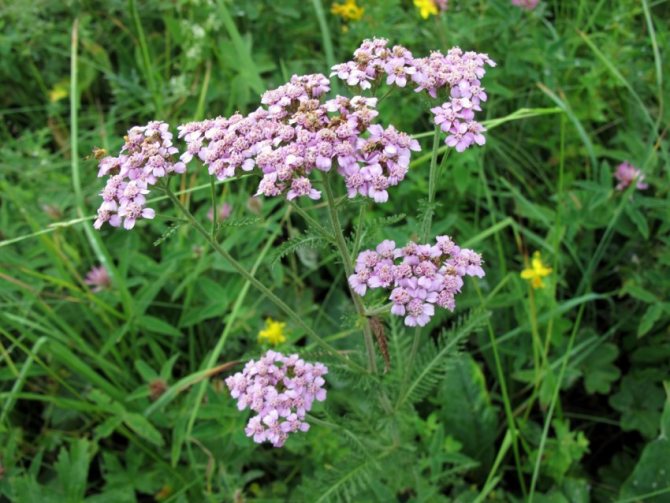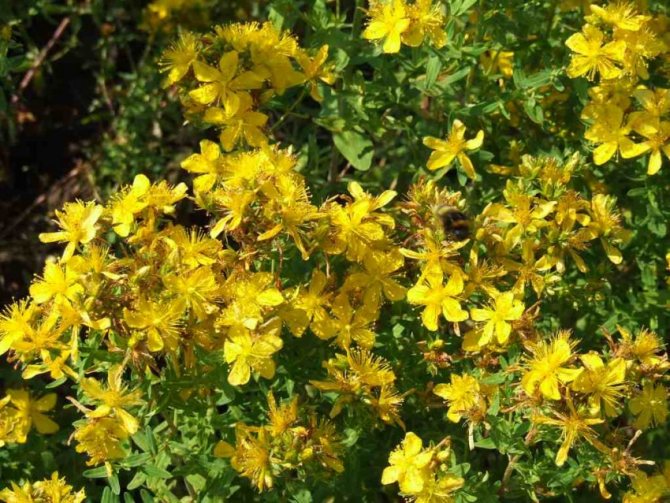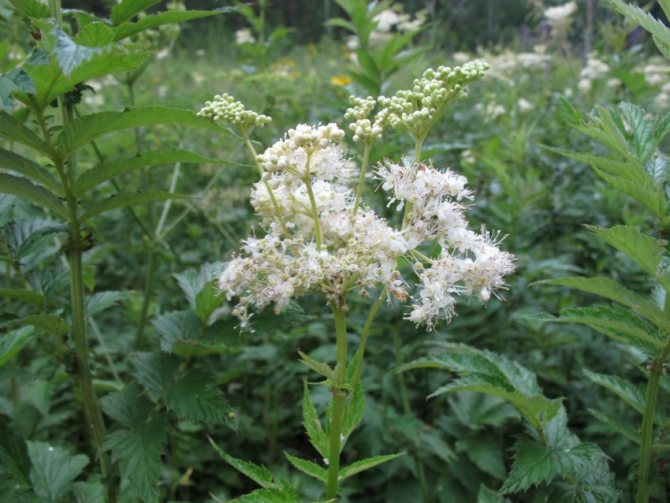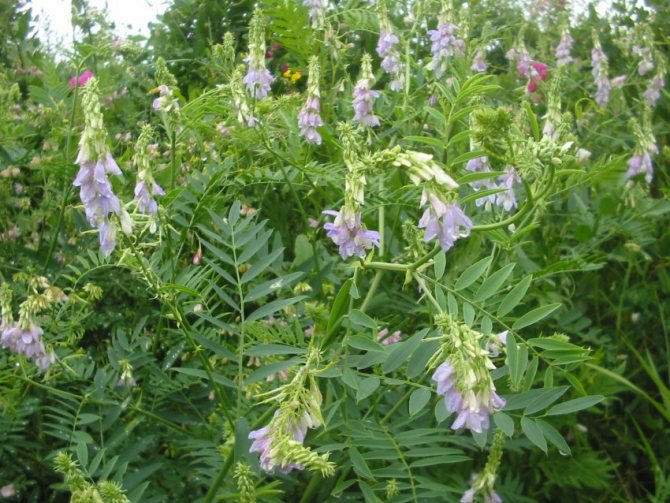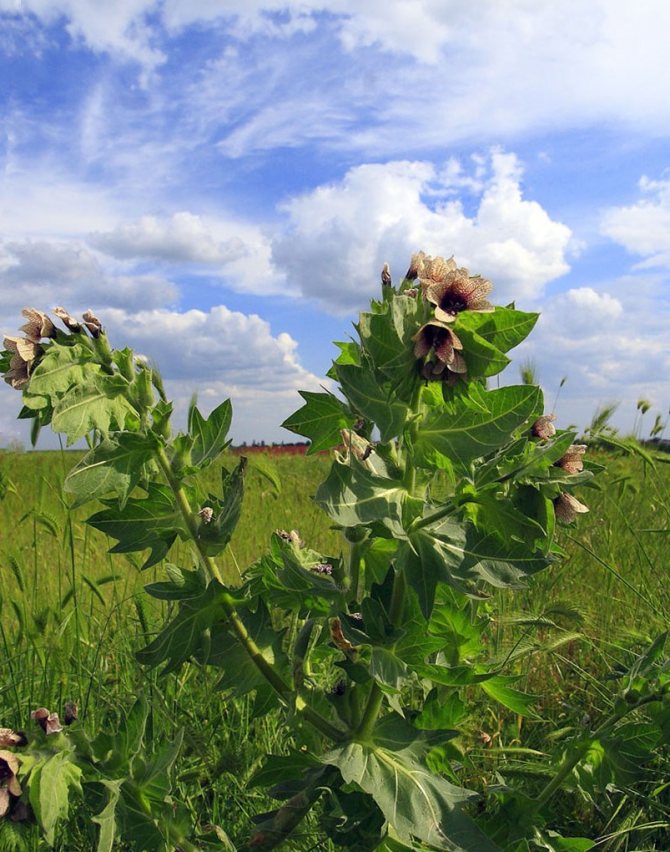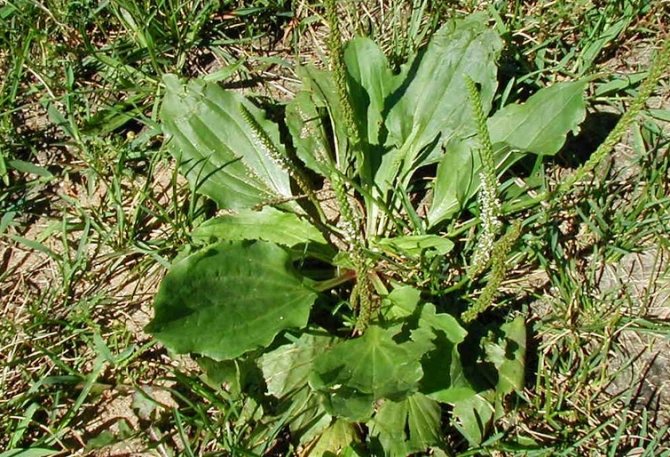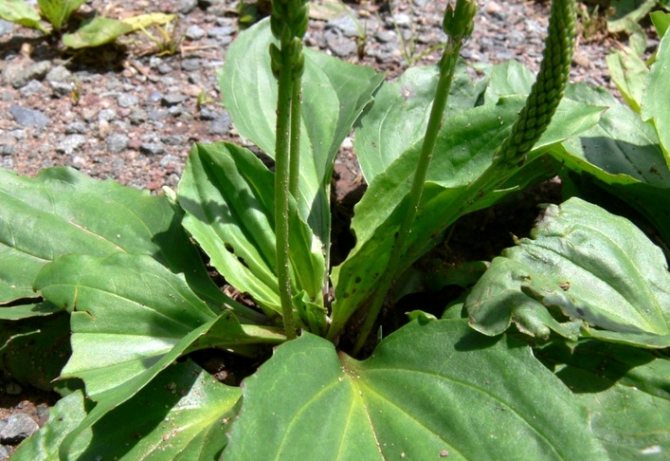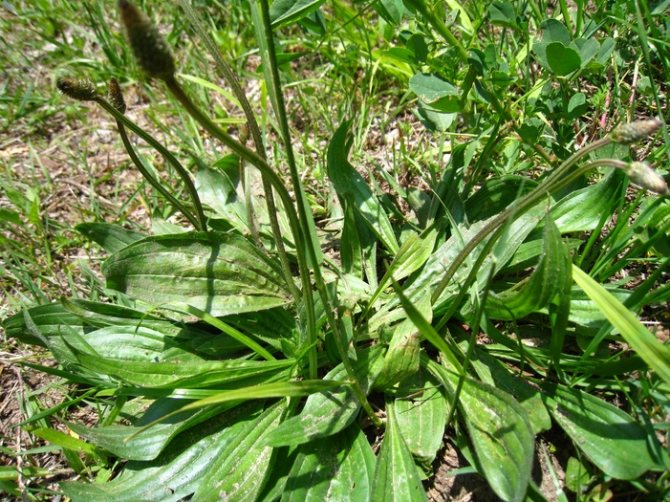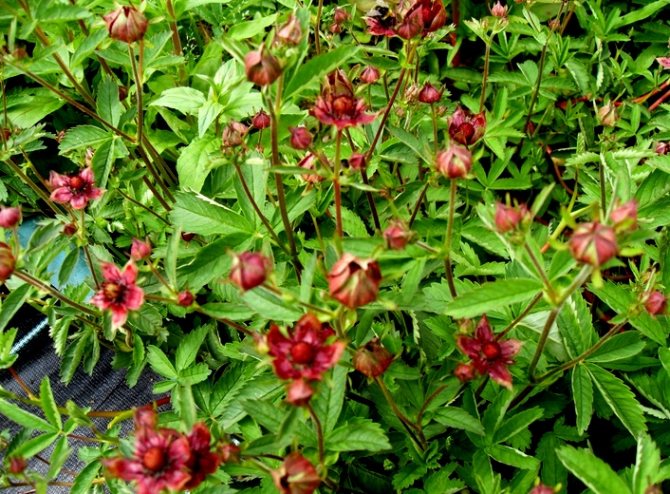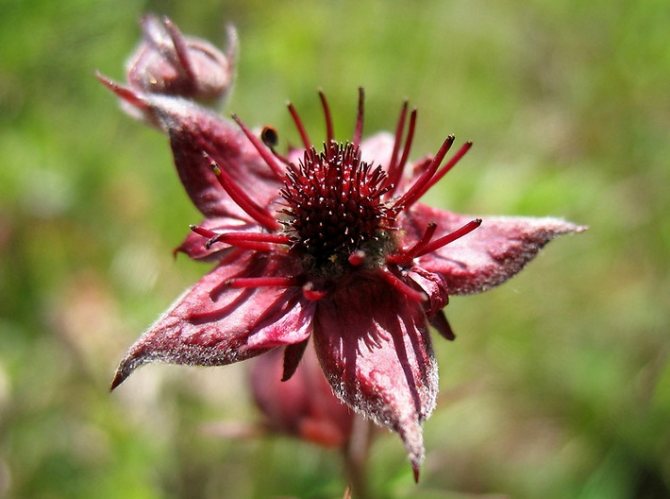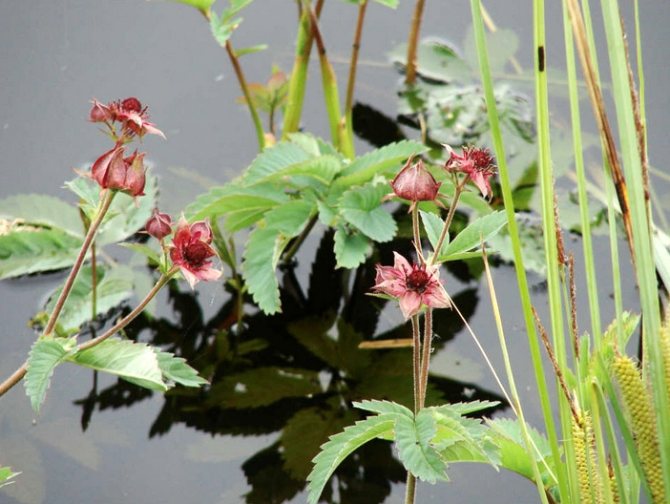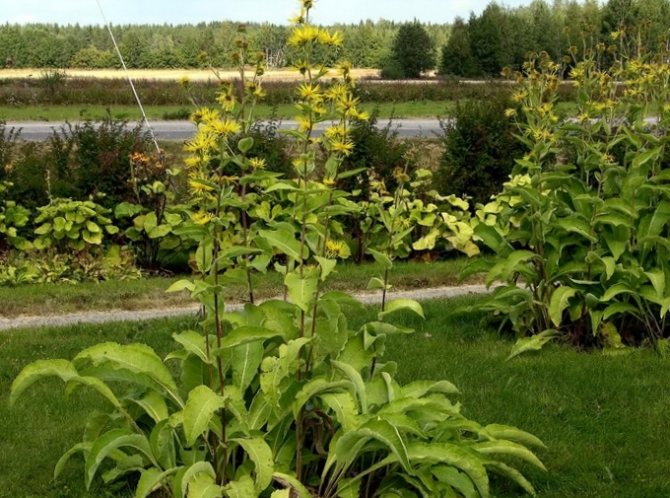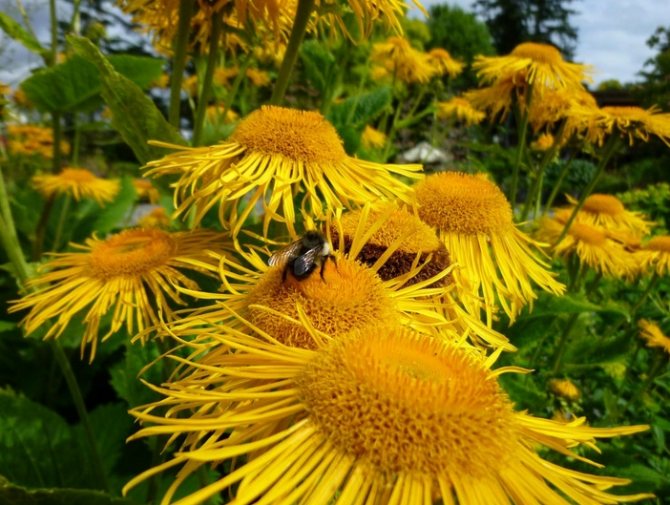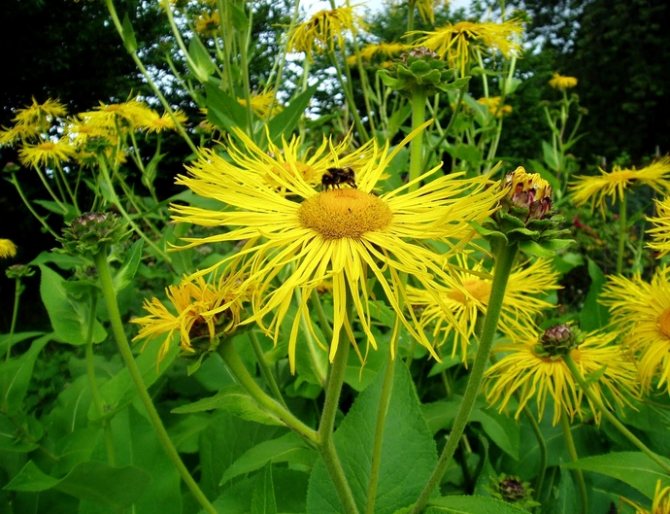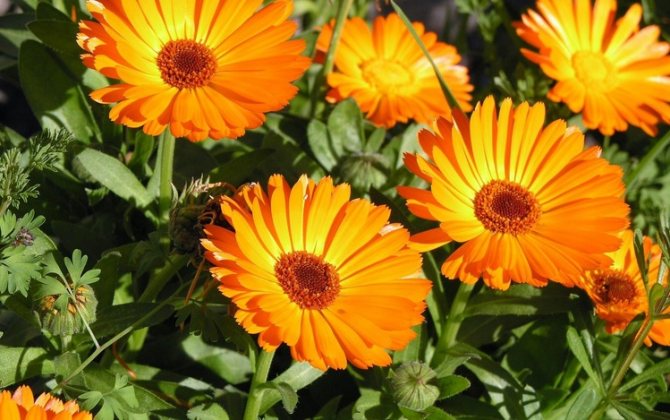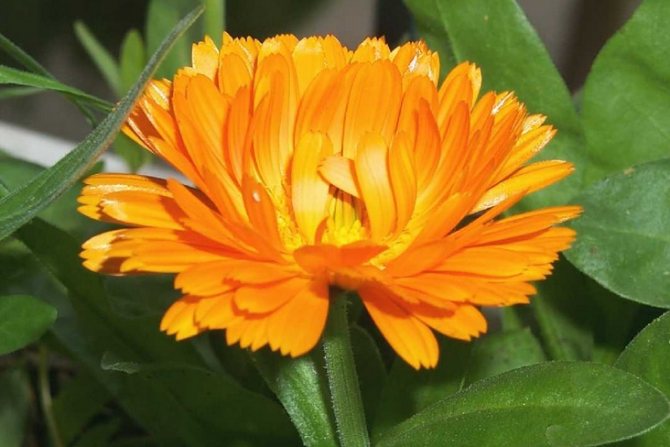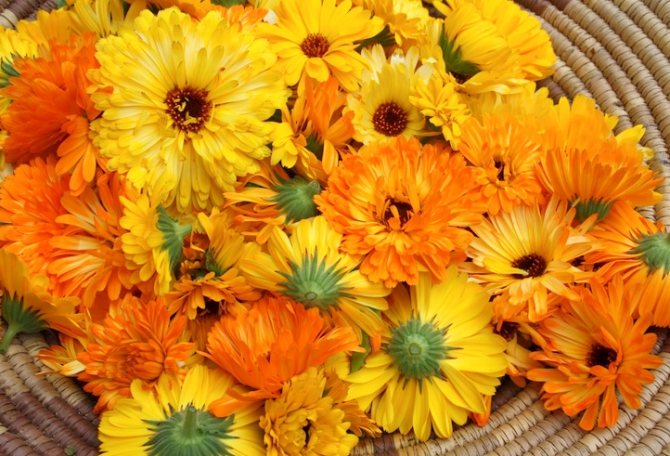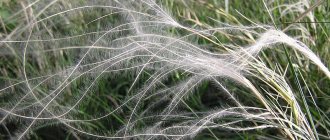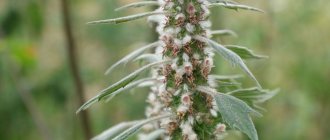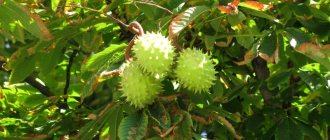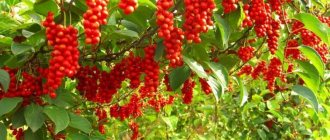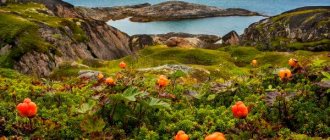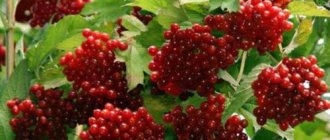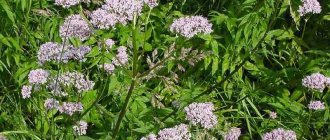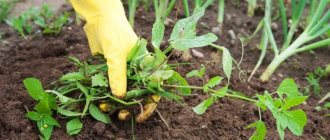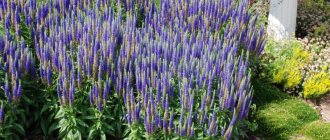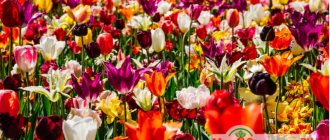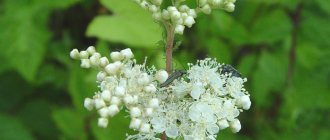Despite the fact that in almost every garden beautiful, bright varietal flowers and shrubs are pleasing to the eye, we cannot indifferently pass by their modest forest relatives. Surrounding ourselves with lush floral splendor, we lose the thread of natural harmony. And simple forest flowers give us it again. This is probably why many of us want to move a “piece of wood” to our site. And it is quite possible to do this, because wild plants, for the most part, are unpretentious. They are well adapted to their natural habitat. They do not need weeding, additional watering, or artificial pollination.
However, when planting forest flowers, one very important factor must be taken into account - their compatibility with new conditions. For example, if a tall bell, accustomed to shady, damp places, is planted in a sunny flower bed, then in the first year it will become small, and after a year it may not bloom at all. And its neighbors marigold, wintergreen and calla aronia can immediately die in such conditions. Also, not everyone can tolerate loosening of the soil normally. The weeds around the two-leaved lyubka should not be weeded out, but periodically cut short. But wild bulbs are normal for weeding. Some flowers in a cramped flower bed may not have enough space, while others can multiply very strongly and it will be difficult to get rid of them. Therefore, before planting wild plants in your area, you need to study how they grow in their natural habitat.
Forest plants prefer moist soil with a high proportion of leafy soil. It is necessary to plan their planting in such a way that the chosen place is as close as possible to their natural growing conditions. If the plant grows larger every year, grows and blooms profusely, then these conditions are suitable for it.
Let's take a closer look at some of the green forest dwellers.
Dandelion
Even small children can easily recognize the good old dandelion. This perennial herb belongs to the multicolor family. It is characterized by a green stem, up to 60 cm long, pinnate toothed leaves emerging from a basal rosette and yellow baskets. The fruit is an achene with a tuft of light gray hairs.
It grows mainly in the forest-steppe zone. You can meet him in open spaces, for example, in fields, along rivers, ditches, and in almost every yard and vegetable garden, as well as in the forest at the edges and along forest paths.
The flower has a valuable composition, which includes protein, vitamins A, C, E. All its parts contain milky juice, due to which it has a bitter taste. You can eat it raw, but not everyone will like the bitterness present. To get rid of it, it is better to boil the plant, but if this is not possible, at least pour it over with a portion of boiling water or hold it in salt water for several hours. The leaves will fit well into a salad, and the root is best eaten boiled or fried. He will act as a completely satisfying dish. And if you dry it and grind it finely, you can get a healthy herbal tea.
Using the medicinal properties of narrow-leaved lavender
Lavender preparations are used for migraines, nervous overexcitation, irritability, insomnia, they help to eliminate anxiety, anger and bad mood.
Collect lavender flowers in cool, dry weather. Since the plant contains a large amount of essential oil, it takes at least two weeks before it is completely dry.
Alcoholic tinctures, infusions, herbal teas are prepared from lavender flowers, for example, with rose petals, three-leaf aloisia, clary sage, oregano.
In case of sleep disturbance, a herbal collection is prepared: lavender, hop cones or valerian, St. John's wort, spring primrose flowers are taken in equal parts. Pour one teaspoon of the mixture with a glass of boiling water, cover, leave for 10 minutes, filter. This herbal tea is drunk warm, in small sips before bed.
On a note! Warm, not higher than + 38 ° C, lavender baths will help relieve stress, muscle tension and calm down. To do this, 50-60 g of lavender flowers are poured with a liter of boiling water and insisted for an hour. After that, it is filtered and added to the bath water.
Nettle
Nettle scares away hikers with its strong stinginess. But, despite this peculiar property, it is not forbidden to eat it.
The plant is characterized by stems up to half a meter high and lanceolate leaves with sharp teeth around the perimeter. It is completely covered with hairs, giving it that very property of burning. Most often, nettles can be found along ravines, in clearings and in forests, mainly in dark places, for example, next to bushes.
Nettle is very nutritious, it contains vitamins C, B, K, carotene and acids. If there is a need to eat raw leaves, then initially it is necessary to scald them with boiling water, and then cut into pieces or roll them up. It is best if you can cook them for 5-6 minutes. This will allow any formic acid to evaporate, giving the plant a neutral flavor. Under domestic conditions, the leaves are added to the cabbage soup, the stems are fermented, and the juice is taken as a tincture.
Common hops: photo, description, plant propagation methods
Other names hops ordinary (Humulus lupulus) - curly hops, aromatic hops, beer hops.
Perennial, herbaceous, dioecious, winter-hardy vine. Aerial shoots up to 10 meters in height die off with the onset of autumn frosts. The whole plant is covered with hairs and small stiff thorns.
The stem is tetrahedral, hollow. The leaf blade is shaped like grape leaves. The flowers are very small, light green in color. Flowering begins in July. The root system is powerful, rapidly growing. The thick rhizome has very long adventitious roots.
Hops are a very unpretentious, actively growing plant. In small gardens, it can be difficult to contain its "aggressiveness". The growth rate is very high. Gives self-seeding.
Breeding methods: division of rhizomes, root suckers, sowing seeds, cuttings.
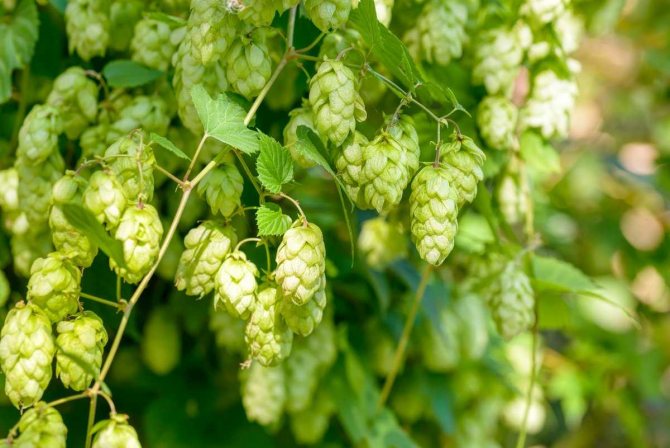
Hops are a very unpretentious, actively growing plant.
Wild onion
Many edible plants are rarely eaten, but not wild onions. It is very common in cooking and is used by some peoples as well as common green onions. If he met on the way, then you can eat him with peace of mind.
Perennial grass often grows in pastures, fields and forests. It can be distinguished by its long, bare stem, arrow-shaped leaves and a spherical basket of white-lilac flowers.
All green parts of the plant can be eaten fresh or dried. For use in its raw form, additional processing is not required, it is enough to rinse it thoroughly. Onions are dried in the open air or in an oven, after which they are chopped and used as a seasoning.
Using the medicinal properties of narrow-leaved fireweed
As a medicine, flowers and leaves are used, which begin to collect in the phase of budding and the beginning of flowering. The flowers are dried separately from the leaves, laid out in one layer on a cotton cloth.
Preparations from narrow-leaved fireweed are used for insomnia, migraines, nervous diseases, to relieve stress and nervous overexcitation. Narrow-leaved fireweed is a weak pain reliever.
Alcoholic tinctures, infusions and herbal teas are prepared from fireweed, for example, with red clover, with hawthorn flowers or with linden blossom.
On a note! To relieve headaches and fatigue, fireweed leaves are prepared teawhich also promotes good sleep. To do this, pour one tablespoon of dried and crushed leaves with a glass of boiling water, leave for 15 minutes, filter. The course is one month (1/3 cup three times a day before meals).
Woodworm
Woodlice is known to many as a weed, so I do not know everything about the edibility of this herb. This valuable plant has a branchy creeping stem, along which there are multiple oblong leaves. The flowers are white and star-shaped.
The leaves can be eaten raw or cooked. They have many useful components: vitamins A, C, E, iodine, potassium. The plant's taste is absolutely neutral, so you can eat it both independently and as part of dishes and salads.
In what form to use
Before use, it is torn into small pieces, or ground into powder.
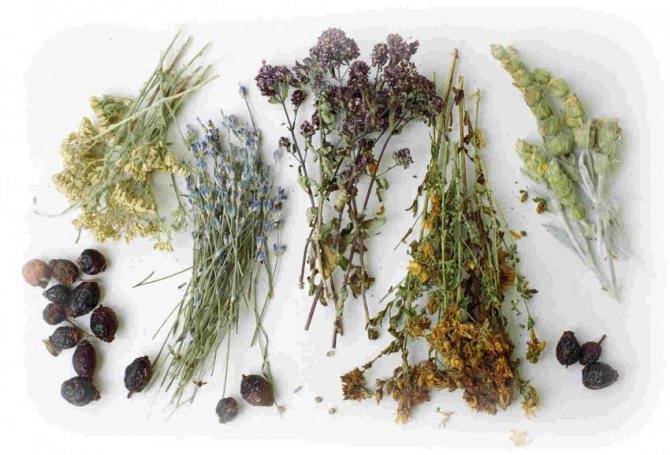

The list of medicinal plants and herbs is very large, it would be inappropriate to waste time listing all of them, so here are some names:
- Spring adonis
- Scarlet tree
- Immortelle
- Hemlock
- Hawthorn
- Lingonberry
- Water pepper
- Buttercup anemone
- Field bindweed
- Highlander serpentine
- Sarepta mustard
- Garnet
- Geranium
- Gryzhnik
- Fluffy
- Summer oak
- Dymyanka medicinal
- Blackberry
- Ginseng
- Jaundice gray
- Zmanikha
- Wild strawberry
- Hare cabbage
- Centaury umbellate
- Common fig
- Dogwood
- Yellow capsule
- Sowing coriander
- Paniculata mullein
- Laurel noble
- Lyubka is two-leaved
- Burdock
- May lily of the valley
- Siberian larch
- Field mint
- Seaweed
- Magnolia large-flowered
- Poppy seed
- Spurge
- Sowing radish
- Round-leaved sundew
- Chamomile meat-red
- Cyanosis blue
- Ruta fragrant
- Licorice smooth
- Knotweed
- Steller dwarf
- Mushroom drier
- Caraway
- Poplar black
- Yarrow
- Ordinary
- Thermopsis lanceolate
- Large-fruited pumpkin
- Tsmin sandy
- Thyme
- China meadow
- Eucalyptus
- Eucommia vis-leaved
Photos of medicinal plants are not very beautiful, and they look no better in real life. However, this does not deprive them of properties that help us fight various serious diseases.
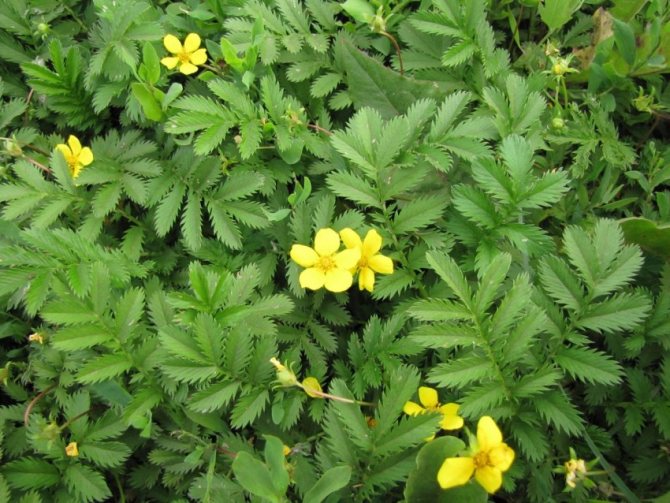

Healing roots are a more significant part than a flower, these are the properties of some of them.
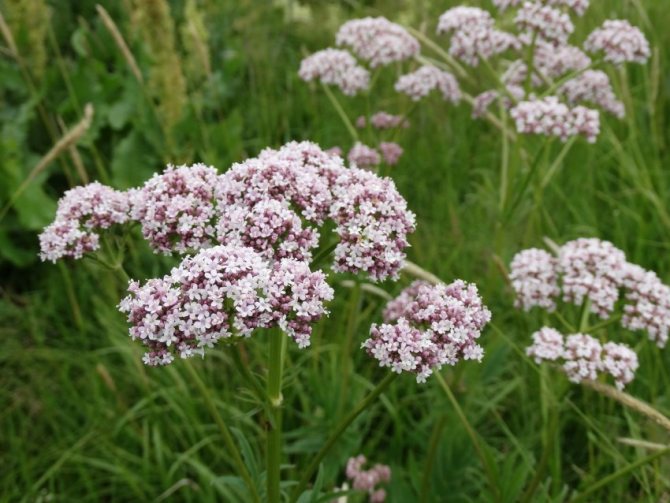

Burdock
This plant is most often found in ditches, river armholes, forested areas and hollows. It is very easy to distinguish it: the trunk is thick and long, sometimes exceeding 1.5 m, the large leaves are heart-shaped, the inflorescences-baskets of purple color are covered with thorny needles.
Fresh leaves are often boiled in soups. But special attention is paid to the edible root of the plant. It can be eaten raw, or you can apply heat treatment, for example, bake in a fire. In structure, it is very similar to an ordinary potato.
Classification of herbs
Different signs can be used as a basis, but most often the division of herbs into:
- Annuals - buttercups, cornflowers, ageratums, poppies, dope, poppies, chamomile - the names of the herbs of this group can be enumerated for a very long time, since they are numerous.
- Biennials - mallow, spurge, sweet clover, lupine, forget-me-not, bell, viola and others.
- Perennials - begonia, anemone, alyssum, St. John's wort, reeds, iris, oxalis, oregano, elecampane and others. The names of the herbs in this category also reflect their purpose.Obviously, this includes many commonly known medicinal species.
In addition to this classification, another can be cited. It is based on the area of human use.
- Medicinal herbs - celandine, string, thyme, chamomile, sage, calendula, burnet, lily of the valley and others.
- Cultivated agricultural plants - vegetables, fruits, cereals (cereals).
- Spicy herbs - ginger, fennel, horseradish, anise, parsley, basil, lemon balm, vanilla, cinnamon, cardamom, nutmeg, saffron, laurel and so on.
- Ornamental grasses - ornamental cabbage, euphorbia fringed, daurian moonseed, rejuvenated, badan, kokhia, rogersia and many others.
According to the place of growth, all herbs can be divided into mountain, forest, meadow, marsh, desert, steppe and garden (weeds and cultivated plants).
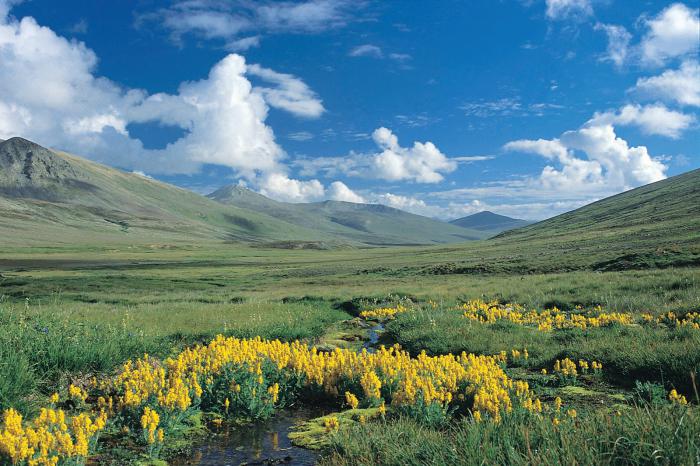

Horse sorrel (wild sorrel)
Wild sorrel is an edible plant familiar to many. It is very similar to its small brother, the common sorrel. The difference lies in the size and structure of the leaves, which are much larger and stiffer in the equine species. The total plant height can reach two meters in height.
Due to the fact that the leaves are quite dense, they do not taste as good as the usual species, but they are quite edible. All parts of the plant are rich in tannins, essential oils, vitamins and trace elements. And if the root is better used for making decoctions, then the leaves and petioles can be eaten fresh, for example, as part of a vegetable salad.
It is often found in forest and forest-steppe zones, in meadows, and horse sorrel loves wet swampy areas.
Golden root
It was named so for its bronze color, its real name is the rhizome of roidola pink (growing in Altai).
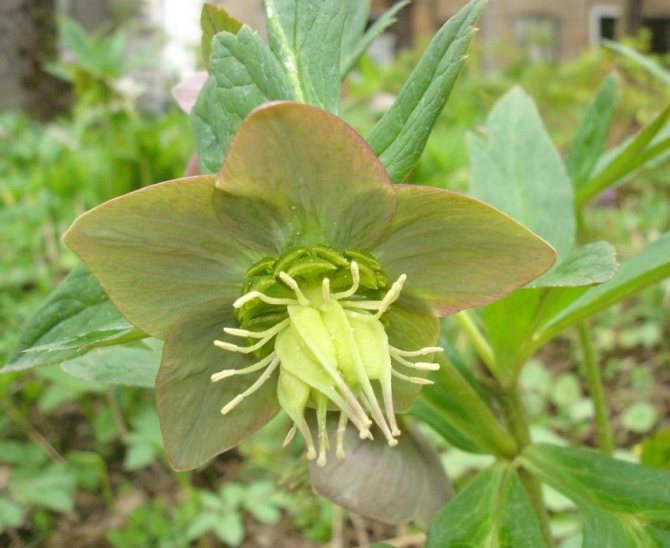

Tincture based on it has a calming effect, stimulates memory and concentration, helps with colds, problems with gastrointestinal tract, activates the activity of the thyroid gland, helps restore the menstrual cycle, and can help increase potency.
Substances: carbohydrates, essential oil, phenols, organic acids, trace elements (most of all copper, manganese, silver and zinc) alcohols, alkaloids, etc.


To dream
Perennial plant of the umbrella family. On long, thin stems, there are a large number of oblong leaves. Depending on the location, this edible forest plant may have an umbrella of small white flowers on top. They appear in conditions of abundant sunlight. Prefers the territory of wastelands, deciduous forests, forest edges.
It is best to eat young shoots, leaves and petioles. They can be identified by their very light, almost transparent yellowish-green color. Before you start eating the plant, it must be boiled for at least 1-2 minutes. In this case, the skin must be removed from the stem. The cooked leaves are delicious with butter. It is very often added to soups.
Using the medicinal properties of periwinkle small
Preparations from periwinkle lesser have sedative, hypotensive, vasodilating properties. They are used for neuroses, depression, neurotic conditions.
A decoction is prepared from periwinkle. One tablespoon of chopped leaves, pour a glass of cold boiled water, heat in a water bath for 15 minutes, insist under the lid for another quarter of an hour, keeping it warm, be sure to filter. Take three times a third of the glass during the day.
Note! periwinkle is a poisonous plant, it contains more than 30 alkaloids.
Medunitsa (pulmonaria)
This beautiful useful plant prefers to grow in clearings, forest edges and in forest ravines. You can recognize it by the large number of blue-red flowers wrapped in wide ovoid leaves with a rough surface.
You can eat raw lungwort without fear. It is very useful because it contains ascorbic acid, silver, carotene, saponins, tannins.For this purpose, only the ground part of the flower is used. Leaves and stems make a great addition to soup or fresh salad.
Using the medicinal properties of rose petals
Collecting rose petals is advised in the morning, when they are still a little wet, and use immediately. For drying, the petals are laid out in one layer on a cotton cloth.
Petals are used to prepare tinctures, aromatic oils, vinegars, infusions, herbal teas, for example, with lavender, chamomile, clary sage, Moroccan mint.
Preparations from rose petals help to get out of a stressful state, to react more calmly to troubles. Since ancient times, in medicine, rose petal preparations have been used to treat nervous, mental and heart diseases.
The tea made from rose petals has a calming effect and improves heart function. Pour one teaspoon of petals with a glass of boiling water, cover tightly, leave for 5 minutes. They drink two glasses a day.
Petal jam or petals sprinkled with sugar are a good remedy for insomnia.
On a note! A bath prepared with rose petals (you can also add honey) will help relieve nervous and muscle tension, headache, irritability.
Asparagus
Wild asparagus is slightly different from store-bought asparagus, with a thinner stem, but generally recognizable. The forest plant has a bright red edible fruit. They ripen only by September, but if there is a need to eat something in natural conditions, then it's not scary, the stems, root and shoots of asparagus are also edible. You can eat them raw, but if possible, it is better to boil them for a few minutes.
Mineral salts, saponin, essential oils are all found in wild asparagus.
Maryin root
Initially, the name of the flower is "evading peony" (common in Siberia). It is used to lower blood pressure, stimulate gastric acid production, fight asthma, relieve pain, etc. It is also an excellent cosmetic product, helping to get rid of acne and keep girls beautiful.
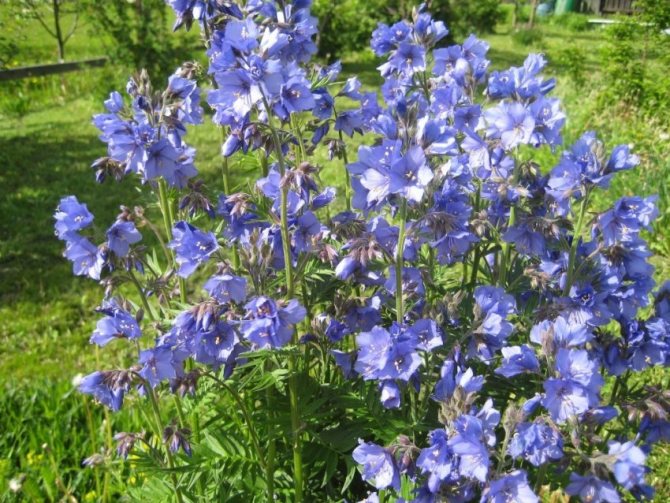

Substances: saponins, acids, essential oil, trace elements (magnesium, calcium, copper, chromium, etc.)
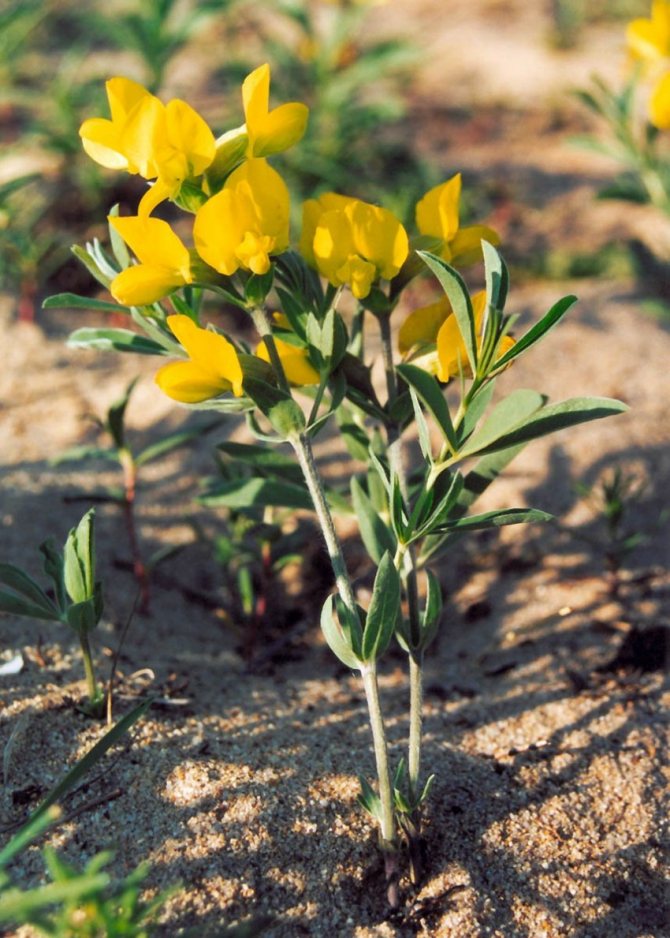

Kislitsa
One of the few plants that does not have a stem. Its green leaves, which closely resemble clover, extend directly from the root. It can be found mainly in forests, especially in dark places, for example, under the trunks of fir trees.
The most important advantage of acid is a high content of vitamin C. Along with it, the plant contains organic acids and carotene. You can eat its leaves raw to seize hunger if necessary, or you can simply chew them to quench your thirst due to the secreted juice. At home, sour cherry is added to cabbage soup, soups, salads and even brewed like tea.
Breeding features
Anyone can grow such crops, it is not necessary to have any super technologies for this, it is necessary to study information about their habitat and the timing of collection.
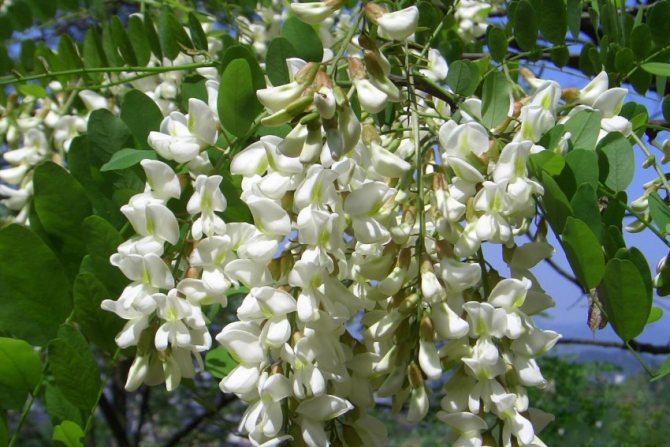

When there is no suitable soil, it is advisable to consult a phyto-specialist, because some herbs lose their original properties or individual components if the soil does not suit them.
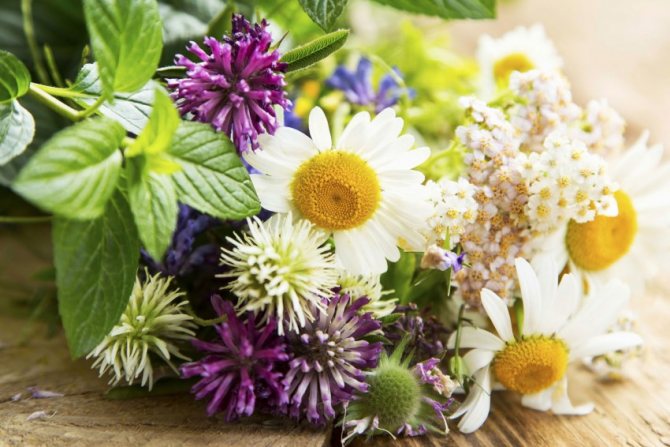

Sorrel
Sorrel is one of the most famous edible plants. It is often grown independently in vegetable gardens, but can also be found in the wild. It is localized mainly in fields, meadows, along rivers and lakes.
The sour taste familiar to many is justified by the high content of organic acids. In the composition you can also find vitamins A, B, C and tannins. The stem of the plant is straight, and the leaves are spear-shaped.
Sorrel does not require any pre-treatment, except for washing, the leaves can be eaten immediately or added to other herbs and vegetables, making a healthy salad. And, of course, it is an indispensable component for sour cabbage soup.
Medicinal plants that can be grown in the country
The group of medicinal plants that have a general calming (sedative) effect includes a large number of aromatic herbs and shrubs. When used correctly, teas and infusions from these plants help to cope with stressful situations, get rid of insomnia, and eliminate or reduce nervous overstimulation.
In addition, on the basis of herbal infusions, you can make soothing baths, which are not only pleasant to take, but also beneficial for the nervous system. In this article, we'll talk about medicinal plants, which can be grown without much difficulty on the site.
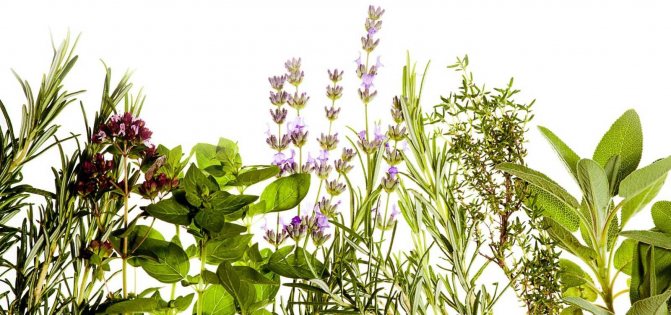

Medicinal plants that can be grown on the site.
Medicinal herbs with photos from A to Z
Herbal treatment is the most ancient way to fight all kinds of diseases. For thousands of years of its existence, man has found and studied the healing properties of hundreds of medicinal plants that can help with this or any other disease. Over a long history, many effective recipes have been created, many of which have come down and are used in traditional medicine today.
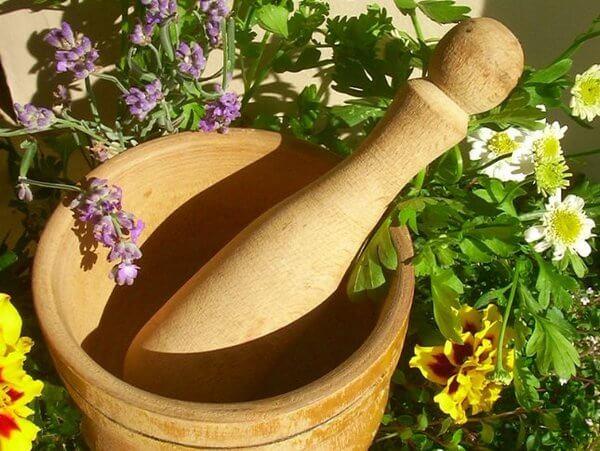

This section of the site presents many types of medicinal herbs, including field species, with high-quality photographs, the name of each plant and a detailed description of their beneficial properties and methods of application.
Despite the tremendous pace of development of traditional medicine and all the novelties offered by the pharmaceutical industry, the use of medicinal plants for the treatment of all kinds of diseases is still relevant and does not lose its popularity. They can be used both for prophylaxis and for the treatment of various chronic and acute diseases in any field of medicine.
Medicinal herbs used in traditional medicine can be fresh or dried, applied both externally and internally. Medicinal herbs are significantly safer for human health than pharmaceuticals. They have fewer contraindications and side effects on the body.
For treatment use:
Despite the apparent simplicity and harmlessness, non-traditional treatment requires knowledge and care. Indeed, for a positive result, medicinal raw materials must be correctly collected. And tinctures, decoctions or extracts made from them are prepared only according to exact recipes. Do not forget about dosages. This is especially true for those drugs that need to be taken orally.
It is advisable, before preparing a medicine from herbs, to study our site, which lists medicinal herbs photos with names, to learn about the indications and contraindications of this or that medicinal plant, how to prepare them. We must not forget to carefully examine the raw materials for the medicine itself. It should be free of mold, dirt and other defects.
It is recommended to consult a doctor before using medicinal herbs. Remember, misuse of medicinal herbs can harm your health.
Oregano is perhaps the most popular herb used in various fields. Therefore, oregano (grown from seed) appears in many gardens, on balconies. (Further…)
Everyone has heard about oregano. It is a very famous herb. Consider what oregano is, its medicinal properties and contraindications for women. (Further…)
Herbs are often used in traditional medicine. They will not only help get rid of many diseases, but also maintain beauty and peace of mind. Oregano is especially popular.
Probably, there is not a single person who has never heard of oregano. But there is another name for it - oregano. Oregano and oregano are.
Many species of sweet clover grow in Russia.The most popular sweet clover are white and medicinal yellow. Not only the plant is useful, but also its honey. (Further…)
For the treatment of colds, people began to use folk remedies more often. Herbs are especially beneficial. Elecampane helps well for coughing, we will consider how to take it in more detail.
Pelargonium is considered an unpretentious plant. It is grown in flower beds and potted houses. Many of its varieties tolerate winter well and bloom profusely. It is nevertheless necessary.
In the spring, many flower growers think about how to decorate the flower beds in front of the house and garden plots. Perennial carnation will help with this: planting and caring for the plant is simple, as well.
Just recently, geraniums stood on the windowsill in almost every home. This unpretentious beauty has many types, will decorate any home. Lately, people have begun to doubt.
Carnation is a beautiful perennial plant. Few people know, but its flowers are edible and are used to decorate cakes. Carnation (see photo) has many types. (Further…)
Spring flowers
In the spring there is still snow in the forest, and the first leaves and flowers are already visible on the thawed patches. There is no need to introduce such inhabitants of the spring forest as snowdrop, blueberry, muscari, crocuses, lilies of the valley, violets, anemones. They are well known to all, breeders have bred many ornamental varieties of these plants. In spring, you can also find such forest flowers as dream-grass, lungwort, marigold, ivy budra, fragrant violet, spring primrose, fragrant woodruff and many others. Let's get acquainted with some of the more rare guests of the garden plots.
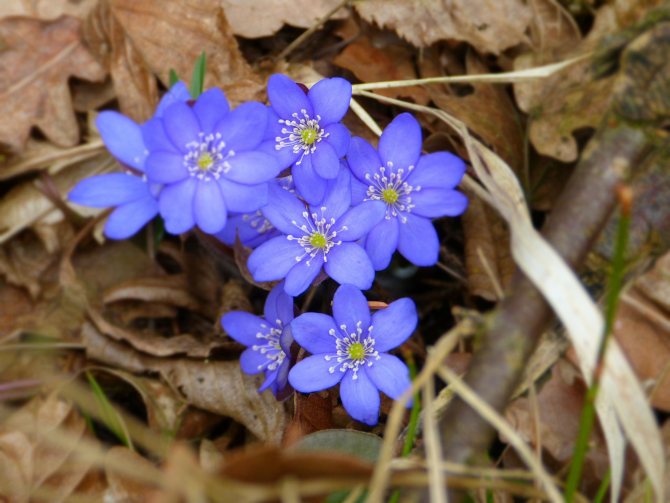

Liverwort
Noble liverwort (Hepática nóbilis) - Buttercup family, a small herbaceous perennial (5-15 cm). Flowering occurs in April, the color of the flowers is from whitish to blue-violet. One flower does not wither for almost a week. The diameter of the corolla is 2-4 cm. The three-lobed leaves vaguely resemble a human liver in their shape (hence the name). The leaves remain under the snow all winter (only slightly fade). Numerous fluffy hairs on the lower part of the leaves and on the petioles help to keep warm and survive the spring frosts. After flowering, a fruit is formed with seeds about 8 mm in diameter. It is odorless, attracts insects with its pollen. Most often, this flower can be found in the spruce forest. Therefore, an open place is suitable for the noble liverwort, in which the sun will be from early morning until 14 o'clock. The soil is needed loose, rich in humus. It is medicinal. This plant is often confused with snowdrop and blueberry.
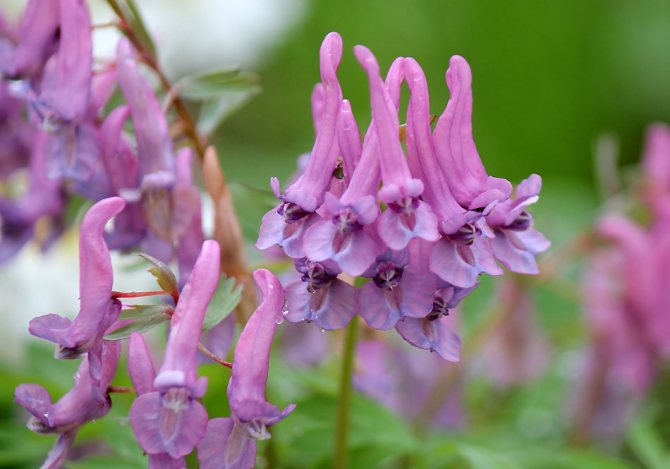

Corydalis
Corydalis (Corydális) - family Dymyankovye, herbaceous plant 10-20 cm high. The leaves are dissected. Inflorescences are dense racemes. The flowers are sometimes white, but more often reddish purple or light purple. Flowering lasts from April to June. Tuberous plant. Grows in mixed forests. Very resistant to frost, as well as pests and diseases. Prefers slightly acidic humus soils. It multiplies quickly, does not like stagnant water. It has many types.
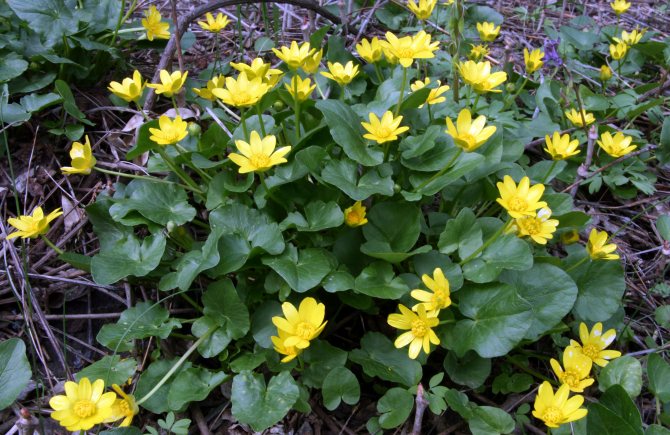

Spring chistyak
Spring Chistyak (Ficaria) - Buttercup family, a short perennial (10-30 cm). Emerald green hoof-shaped lacquer leaves. The flowers are small bright yellow glossy stars. One of the first to bloom together with snowdrops. It looks like a small bunch. It looks bright and delightful against the background of the still bare ground. But it multiplies very quickly and can become a weed. By the time the seeds ripen, it becomes poisonous. Medicinal plant.
Wild herbs: names and photos
Home Soils of Russia and the USSR Mushrooms of Russia Lichens of Russia Algae of Russia Bryophytes of Russia Trees and shrubs of the middle zone Herbaceous plants of the middle zone Insects-pests of forests of Russia Freshwater invertebrates of Russia Daytime butterflies of the middle zone Freshwater and anadromous fish Amphibians (amphibians) of Russia Reptiles (reptiles) of the USSR Birds of the middle zone stripes of Russia Terrestrial mammals of Russia
Please put a hyperlink to the site if you copy these materials!
To avoid misunderstandings, read the rules for copying materials from the site
In the Ecological non-commercial online store, you can inexpensive
(at the cost of production)
buy
(order by mail by cash on delivery, i.e. without prepayment) our copyright
teaching materials on mushrooms, lichens and plants:10
computer (electronic)
determinants
, including: mushrooms of Russia, woody plants in winter, woody plants in summer and herbaceous plants (wild flowers),
20
colored laminated
identification tables
, including: for woody plants (trees in winter, trees in summer, shrubs in winter and shrubs in summer), for herbaceous plants (flowers of forests, meadows and fields, reservoirs and marshes and primroses), as well as for mushrooms, algae, lichens and mosses ,
8
colored
determinants
herbaceous plants (wild flowers) of central Russia (publishing house "Ventana-Graf"), as well as
65
methodical
benefits
and
40
educational and methodological
films
by
methodologies
carrying out research work in nature (in the field).
Herbaceous plants of central Russia * (main page of the section)
This page contains links to descriptions and images of 216 species of herbaceous plants with well-visible flowers and the most widespread (often found) in central Russia, as well as links to descriptions of 2 classes and 48 families to which these plants belong.
By clicking on the name of a class, family or species from the lists not listed below, you will be taken to a file containing a detailed description
* of this taxon and larger
picture
** plants.
On the ecological website you can to acquire
various
methodological materials on botany:
computerized plant guides, laminated identification charts, color-coded clamshell guides as well as other manuals for studying wildlife (see the bottom of the page for more details).
Family names
and
species
are given according to [Gubanov I.A., Kisileva K.V., Novikov V.S., Tikhomirov V.N. Keys to vascular plants of the center of European Russia. 2nd ed., Supplemented. and revised - M .: Argus, 1995]. In the lists below, they are located
In alphabet order.
* Descriptions of taxa (classes, families and species) were compiled using the following literature:
1) Gubanov I.A., Kisileva K.V., Novikov V.S., Tikhomirov V.N. Keys to vascular plants of the center of European Russia. 2nd ed., Supplemented. and revised - M .: Argus, 1995.2) Novikov V.S., Gubanov I.A. School atlas-determinant of higher plants: Book. for students. - 2nd ed. - M .: Education, 1991.3) Novikov V.S., Gubanov I.A. Popular atlas-determinant. Wild plants. - M .: Bustard, 2002.4) Borzova I.A., Samsel N.V., Chistyakova O.N. Plant morphology. Introduction to the definition of plants: Methodological guide to the practical course. Moscow, Moscow University Publishing House, 1972.5) Vekhov V.N., Lotova L.I., Filin V.R. A guide to the taxonomy of higher plants. Archegonial and monocotyledonous plants: Study guide. M., Publishing house of Moscow University, 1986.
Get acquainted with morphological structure of flower and inflorescence
can be found on the page "Handbook of the morphology of herbaceous plants."
And on the ecological website, you can get acquainted with the distribution of species of herbaceous plants by ecological groups and habitats (biotopes) of central Russia
: flowers of forests, flowers of meadows and fields, flowers of reservoirs and swamps and primroses.
In a non-profit Online store
can
to acquire
the following teaching materials
for herbaceous plants:
computer guide of herbaceous plants (wild flowers), colored laminated identification tables:
flowers of forests, meadows and fields, reservoirs and marshes and primroses, as well as mushrooms, algae, lichens and mosses, colored
clamshell determinants:
early flowering plants and primroses, flowers of forests, flowers of meadows and fields, and flowers of reservoirs and swamps.
as well as others methodological materials on botany:
computer determinants
trees, shrubs and woody vines in the winter and summer seasons, colored laminated identification tables for woody plants: trees in winter, trees in summer, shrubs in winter and shrubs in summer, color codes for woody plants of the middle lane: identifier for trees in winter, shrubs in winter, trees in summer and shrubs in summer.
| Share link with friends: | ||||||
| Eco has developed more than 140 teaching materials for the study of nature: | ||||||
| Determinants for PC | Bird voices | Research methods | Instructional videos | Definition tables | Pocket identifiers | |
| All this is possible to acquire in our non-commercial online store | ||||||
Passiflora incarnate: photo, description, plant propagation methods
Other name passionflower incarnate (Passiflora incarnata) - passionflower meat-red.


Passiflora incarnata (Passiflora incarnata).
Description of the plant. Perennial herbaceous thermophilic evergreen liana, up to 6 m high. The aboveground part of the plant can die off in autumn, and resume from dormant rhizome buds in spring. It grows well in the southern regions in the open field, it can tolerate short-term frosts down to -15 ° С. In colder regions, passionflower is grown in a greenhouse or as a greenhouse plant. You can also bring the rhizome of the plant into the cellar for the winter.
Stems glabrous, woody, requiring reliable support. The leaves are petiolate, dense, almost leathery, dark green (the lower part of the leaf plate is grayish). Antennae are powerful, tough, located in the leaf axils.
Flowers are single, large, sometimes fragrant. Flowering from the first year, it is abundant and long-lasting. Flower buds are laid on the shoots of the current year. The root system is powerful and deep.
Passiflora incarnate is an unpretentious liana. It grows rapidly in sunny, windless areas on nutritious, loose, slightly acidic, moist soils. In indoor conditions, this passionflower requires increased attention.
Breeding methods: cuttings, sowing seeds, root suckers.


Passiflora incarnate is an unpretentious liana.
Wild herbs: names and photos
It turns out that you can eat them!
Wild edible plants we often meet on our way, but we do not even realize that they can be used for medicinal purposes, as well as consumed as food. What wild herbs and fruits can supplement our diet with vitamins and other beneficial substances?
Elderly people are well aware of the medicinal properties of shepherd's purse. However, who would have thought that they were eating it? The Chinese know this plant as a vegetable. Shepherd's bag is a great ingredient for salads, borscht, and soups. They also eat it in salted form. Early spring is the most optimal period for eating shepherd's purse.
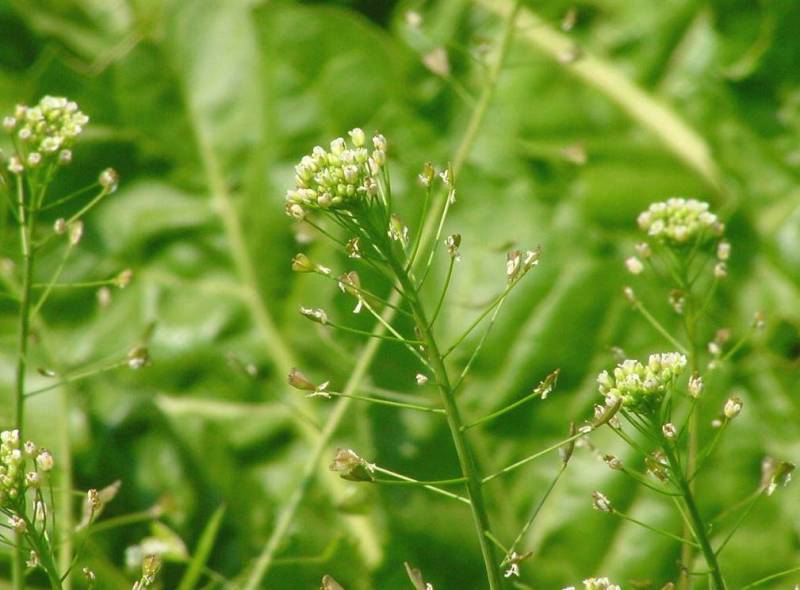

The most common growth in fields, meadows, pastures and vegetable gardens. All the benefits of a wild plant are in its leaves, which must be collected during the period when the rape is not yet blooming. Its slightly bitter aftertaste will not be to everyone's taste, so it is better to mix rape leaves with other herbs. Delight your loved ones with pancakes from freshly blossomed flowers. Tasty and healthy. But don't forget about the limitations. Eating rape is contraindicated for people suffering from gastrointestinal diseases.
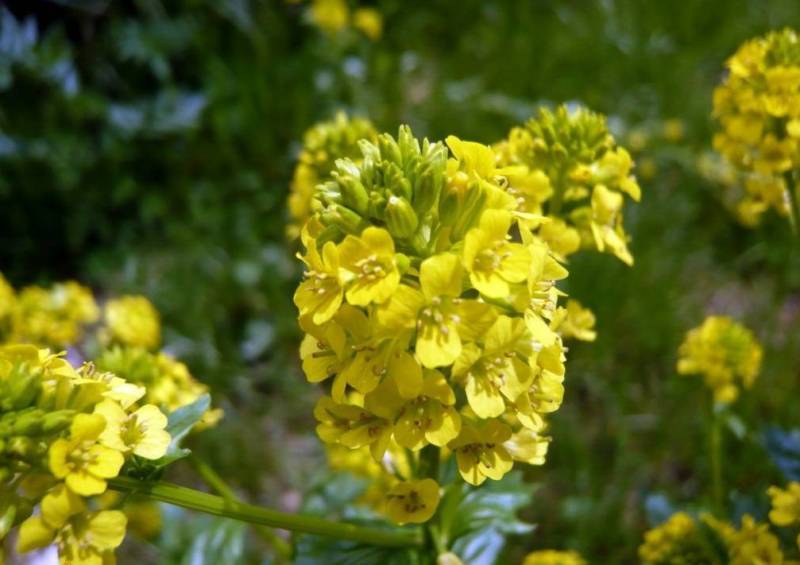

The first autumn frosts indicate that the acorns are ripe and ready to eat. Peeled and finely chopped fruits are poured with water for 2 days, changing it from time to time (thus getting rid of tannins). After - grind in a meat grinder and dry. Next, add to cereals, flat cakes or enjoy a coffee drink made from acorns. Beware of green fruits! They are poisonous!
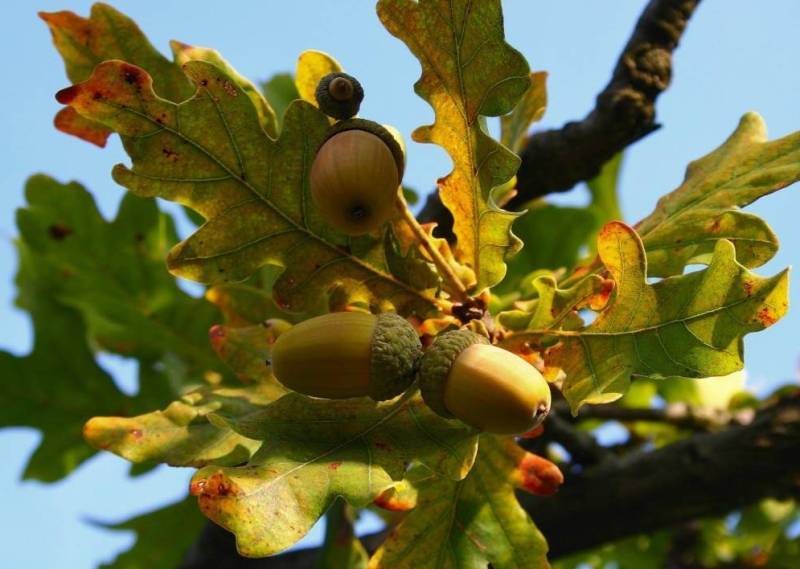

Among wild edible plants, special attention should be paid to burdock. Few people know that you can feast on its young leaves or root. Burdock tastes a little bitter if cooked incorrectly.It is best to boil it or fry it.
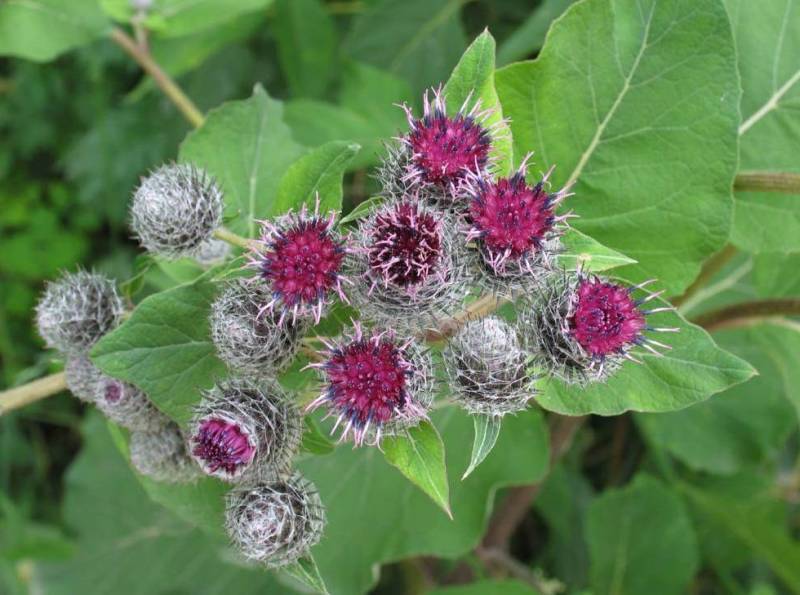

The secret of the forest plant is hidden in its leaves and roots, which must be harvested in the spring. Greens are great for salads, and the root will make a delicious treat when cooked. By the way, it is covered with a double skin: the first layer is easily removed raw, and the second after heat treatment.
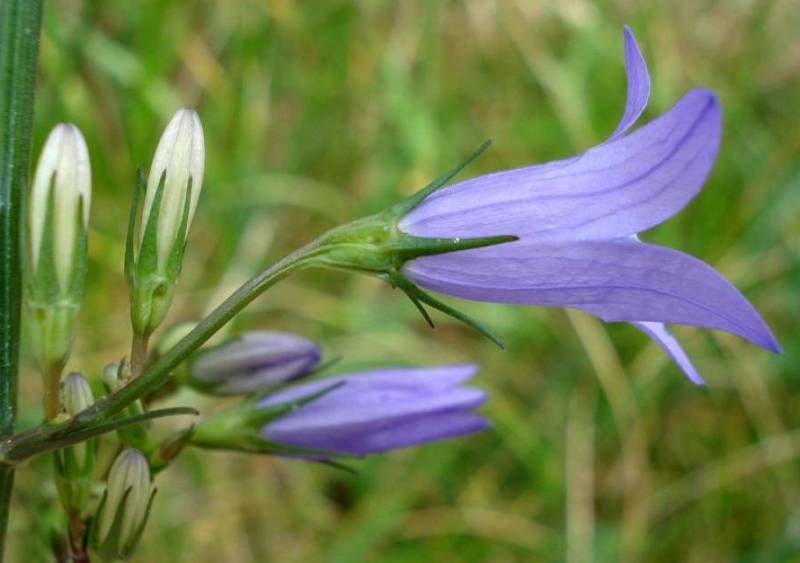

A wild edible plant has an unpleasant odor that disappears when cooked. The secret lies in its ripe tubers, which should be harvested in the last month of summer. They can be boiled or fried, used dried or salted in winter. Fresh marsh purse withers quickly, so collect it just as much as you need for one preparation.
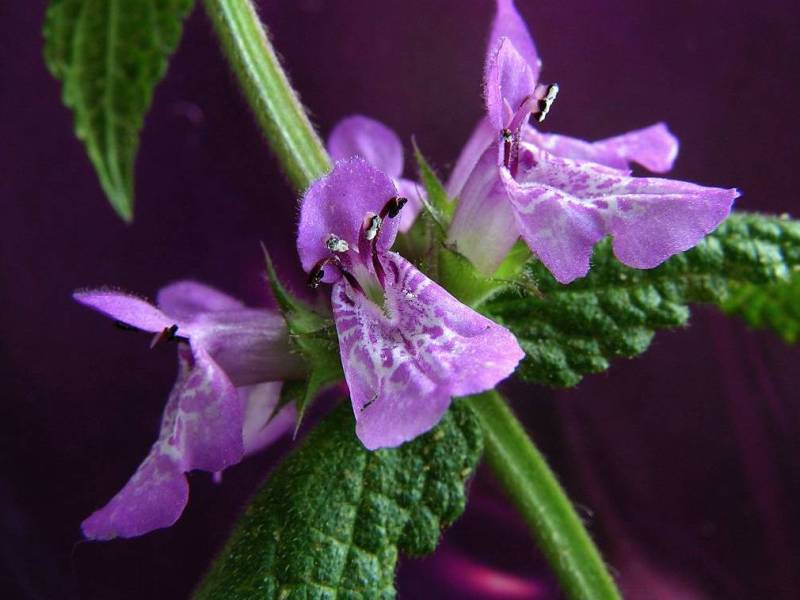

A treasure trove of vitamins and minerals necessary for our body. Residents of many countries use a wild edible plant in different forms: dried flowers and leaves are a good seasoning or addition to flour, fresh ones are an indispensable ingredient for fortified salad. The peoples of the Caucasus eat the plant fermented (flowers). Remember! Overusing clover has consequences, so don't overdo it.
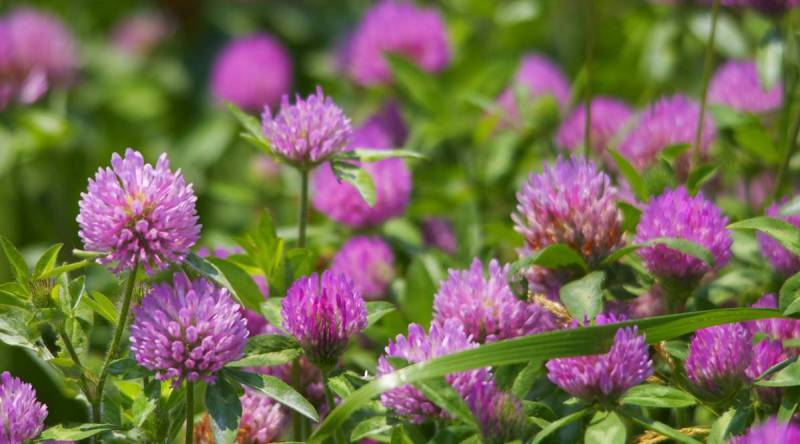

The wild plant that we are used to seeing in swamps and near water bodies is edible. You can feast on the roots of cattail: they are boiled, baked, pickled or dried and ground for flour. The lower part of the leaves located at the rhizome is added to salads.
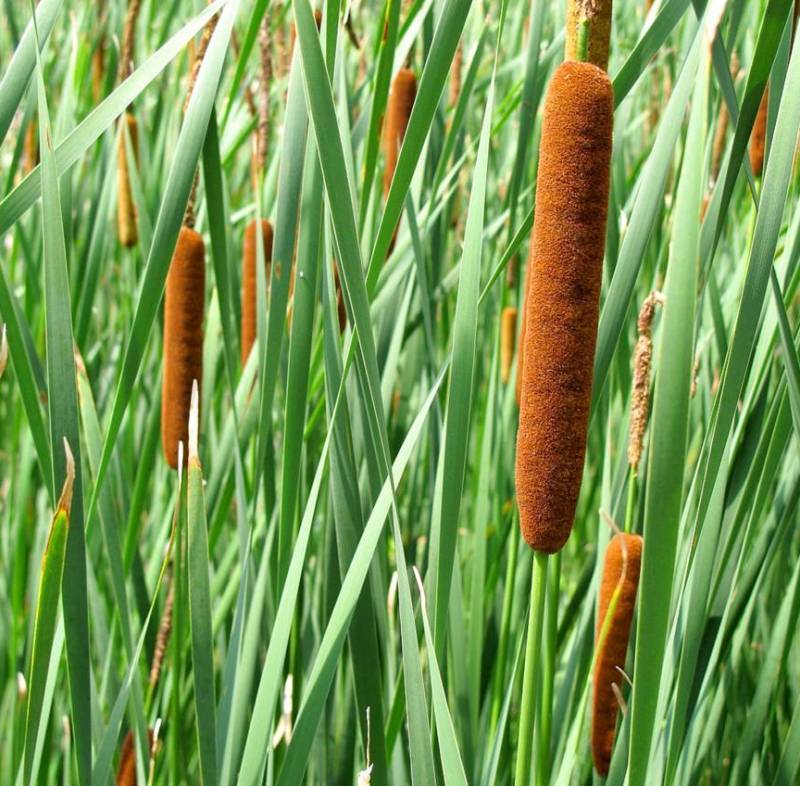

Fireweed or ivan tea is used for food from tops to roots. A wild edible plant, which we are used to eating in the form of tea, in fact, is eaten in different forms: flour, salad and even wine - from flowers and herbs, from the root - an excellent casserole.
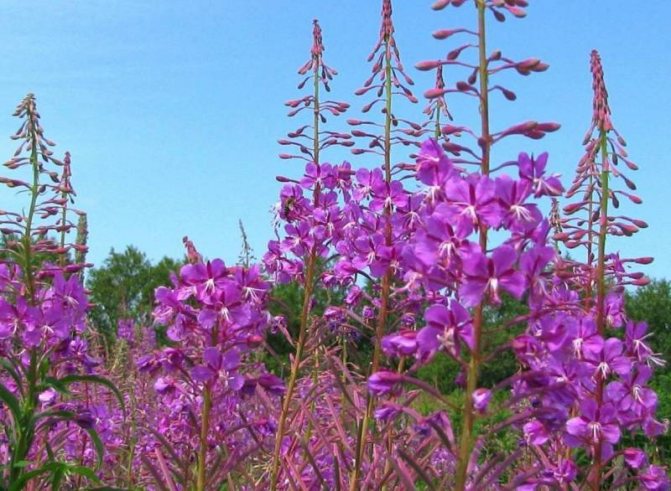

Unopened fern stalks resembling snails are eaten. An excellent addition to vegetable stews. Salted bracken is no less tasty. Leaves that are already in full bloom are unsuitable for food, so harvest the fern in late spring or early summer.
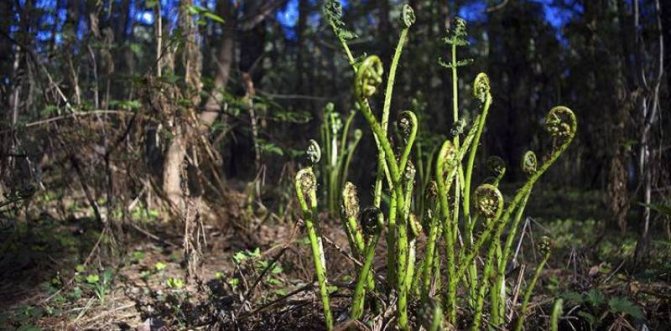

Wild edible plants - an excellent addition to the diet of every person. But you should not eat them in large portions, because the abuse of any product is fraught with unpleasant consequences.
Medicinal fireweed narrow-leaved: photo, description, plant propagation methods
Other names narrow-leaved fireweed (Chamerion angustifolium L., Epilobium angustifolium L.) - Kuril tea, Koporsky tea.
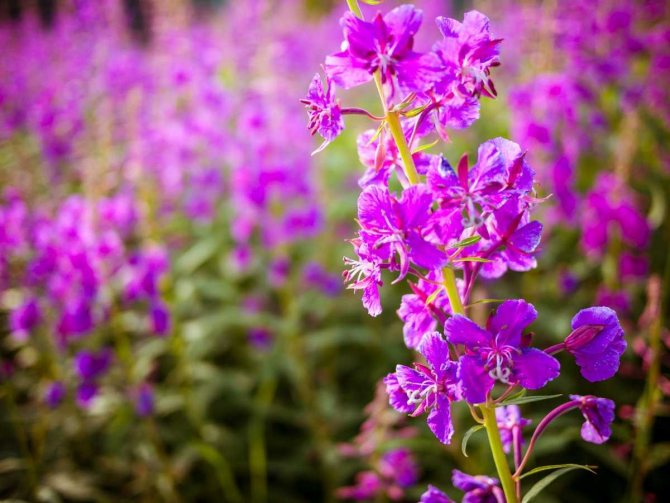

Narrow-leaved fireweed (Chamerion angustifolium L).
Description of the plant. Perennial, rhizomatous, light-loving plant with a height of 50 to 180 cm. The stem is straight and rather rigid, weakly branched. The leaves are narrowly lanceolate, sessile, or have tiny petioles. The lower part of the leaf blade is matte, as if it has a bluish bloom.
Flowering begins in June and lasts about two months. The fruit is a very narrow and long capsule with the smallest seeds (up to 1 mm). The root system is very strong, rapidly developing, extends to a depth of more than two meters, and has a large number of buds.
Recently, the cultivation of wild medicinal plants in the garden has become popular, and fireweed is no exception. It grows well, and, more often than not, it is necessary to limit the "spreading" of its countless shoots and prevent the seeds from ripening. In containers, even large enough, fireweed feels bad.
Breeding methods: division of rhizomes, seeds (germination remains up to 15 years), root suckers, cuttings.
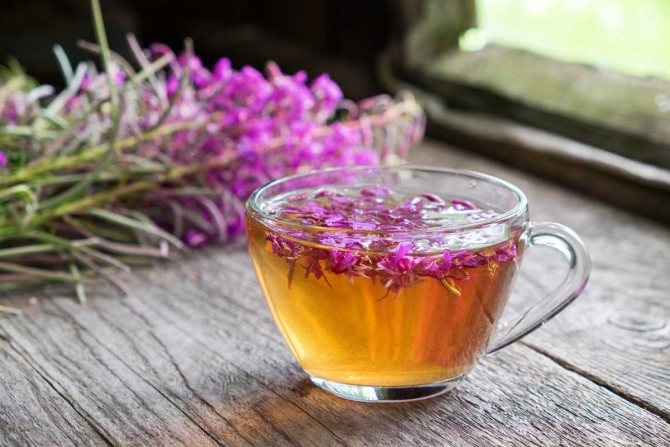

To relieve headaches and fatigue, a tea is prepared from the leaves of fireweed, which also promotes good sleep.
Mosses and lichens
Sphagnum
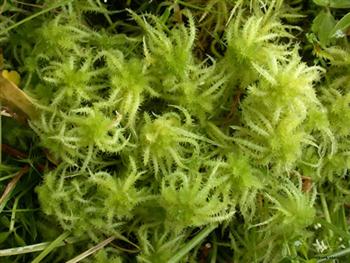

In my opinion, the most popular type of moss in the taiga forest. Its presence indicates a swampy soil. By the way, peat is formed from sphagnum. Sphagnum is very hygroscopic and almost all of it consists of water. It is widely used in construction, plugging the cracks between the logs with it. It prevents decay due to the preservatives it contains.During the two world wars, soldiers, in the absence of medicines, used sphagnum as a dressing material that promotes rapid healing of wounds.
Kukushkin flax
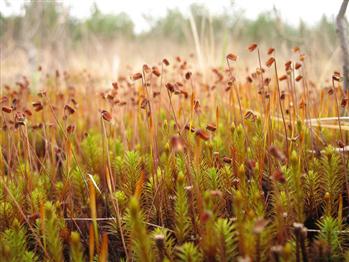

Another representative of mosses. In Russia, it is found in the northern and middle zone, mainly in forest areas. Grows in damp taiga forests, wet meadows and swamps.
Thyme
Champion among scented plants, its scent is impossible to forget.
Skin diseases are treated with a fresh plant.
Reduces swelling, heals wounds, relieves pain.
Its infusion is taken for prostatitis and impotence, and tea is useful for any type of cough, pneumonia and whooping cough.
Rubbing will help relieve muscle aches, and the bath will rejuvenate and cleanse the skin.
Chamomile
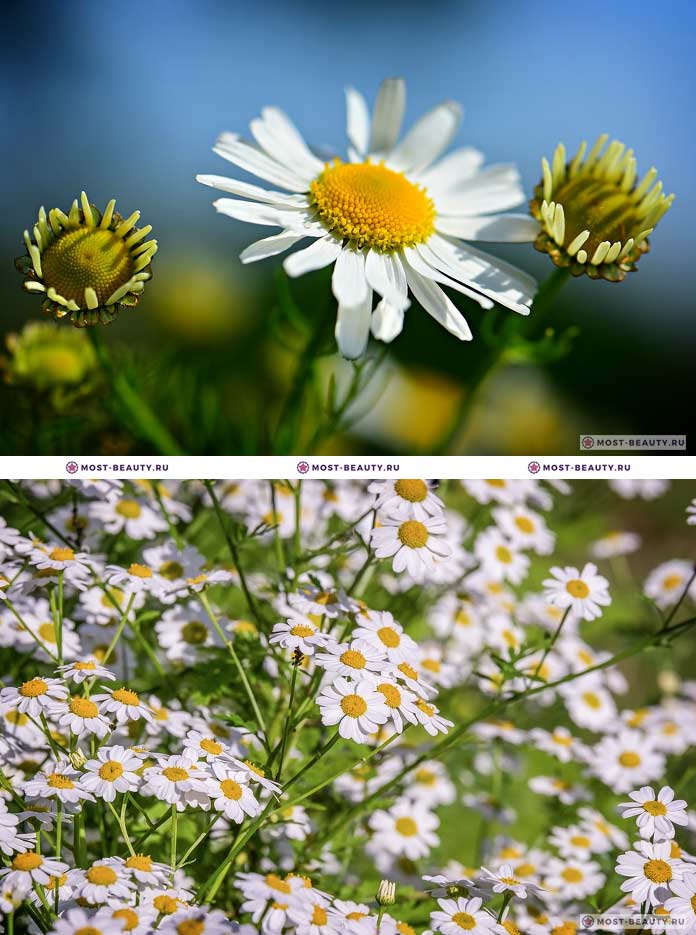

For many years, chamomile has been helping girls in love to answer the most important and such exciting question: does the chosen one love or not love.
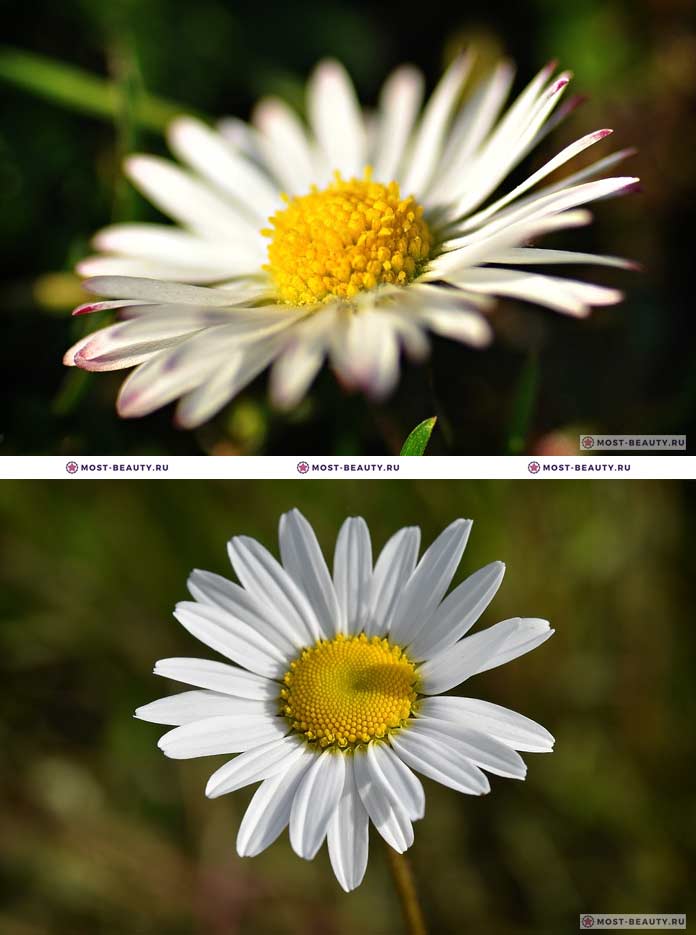

Chamomile is a very fragrant flower, and its simplicity and softness will add sophistication to any bouquet. White petals against a yellow, juicy center make this flower the standard of freshness and simplicity. We have a very interesting article about daisies with many beautiful photos.
3
Siberian cedar pine
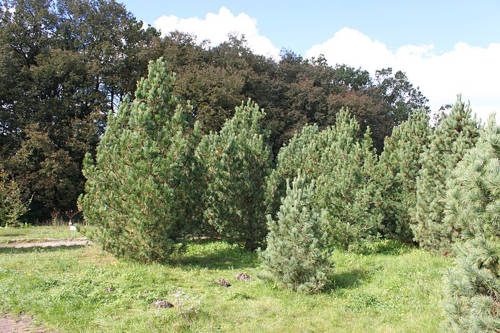

An evergreen tree typical of the dark coniferous taiga. It grows up to 44 m, the trunk diameter reaches 2 m. Life expectancy can exceed 500 years. The tree has a straight, even trunk, a dense crown, soft, bluish needles and large, ovoid cones filled with seeds - pine nuts. In each cone, there can be up to 150 of them. During the season 1 tree is capable of producing about 12 kg of nuts.
Sage
Longevity herb that promotes rapid recovery from many diseases. Perennial plant with numerous stems. The leaves are silvery-green, covered with a light fleecy bloom, blooms with numerous purple flowers, collected in inflorescences.
It is indispensable for maintaining wellness. Leaves collected in the second half of summer are used for medicinal purposes.
Improves memory, helps to fight depression, increases performance. It has a positive effect on the work of the digestive system, relieves intestinal colic.
It normalizes blood circulation, has a beneficial effect on the vessels of the brain, therefore, its properties are used in the treatment of dizziness, and also taken as a restorative agent after strokes.
In diseases of the respiratory system, it has an antiseptic and bactericidal effect. Will benefit from bronchial asthma, angina, laryngitis and chronic bronchitis.
It is very useful for women who want to prolong their youth and beauty with the help of sage to carry out a course of rejuvenation, take the infusion in the morning, on an empty stomach. It contains female phytohormones, therefore it is believed that this medicinal herb helps with infertility, relieves inflammatory processes in gynecological diseases, treats frigidity and relieves nervousness during menopause.
Pansies
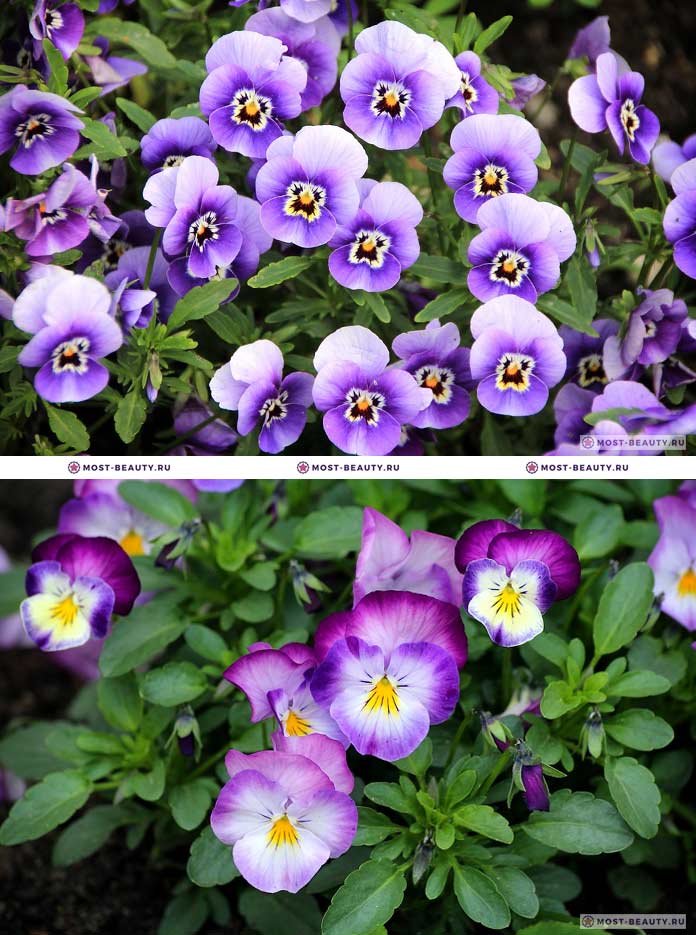

The colorful flower of Pansy is a miniature relative of the violet adored by many. Its unusual and beautiful shape, combined with bright colors, makes this wildflower one of the most beautiful.
A magical miracle flower will decorate any bouquet, suitable both for a celebration and for an ordinary romantic meeting. Pansies - what an original name, and indeed the flower really looks like beautiful eyes, isn't it?
6
Plantain
Unsightly-looking grass is familiar to everyone from childhood. Who among us has not put his leaf to a broken knee?
This is a natural medicine, graciously donated to the inhabitants of the earth by nature.
Recommended for use in case of stomach ulcers, pain in the intestines.
As an expectorant for bronchitis and tuberculosis.
As a tonic for dysentery and diarrhea.
Outwardly - with bee stings, boils and open wounds.
Marsh cinquefoil
Treatment with this plant is slow, requiring patience, but the result can exceed all expectations.
It is believed that it can help with stomach cancer.
It is successfully used in the treatment of sciatica, osteochondrosis and arthritis.
Freshly harvested grass is applied to purulent wounds, it can help with dislocations and sprains.
Compresses from the decoction are useful for mastopathy, and the tincture tones the heart and prevents stroke.
Buttercup pungent
A very widespread poisonous plant. It is found in almost all regions of Russia, has a high adaptability to environmental conditions. Includes several types of grass, the names and photos of which can be seen below.
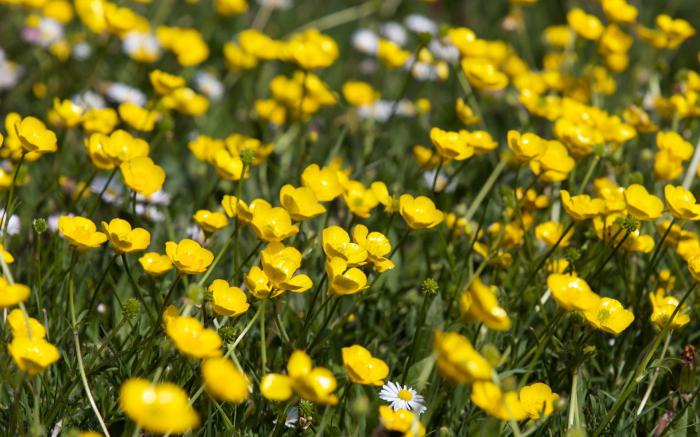

Buttercup varieties:
- caustic ("night blindness" in the common people);
- Kashubian;
- creeping;
- Spring cleanser;
- garden and others.
It is unsuitable for pasture animals, since the plant shoot is poisonous. After drying to a hay condition, it becomes safe. It is not used in conventional medicine, but in the alternative it is very common as a remedy for rheumatism, open wounds, boils, for tuberculosis and burns.
Elecampane
Its rhizomes have medicinal properties.
It is popularly believed that it can cure nine of the most serious diseases.
Provides great help with jaundice, dropsy, urinary retention, anemia.
It is useful for arrhythmias, varicose veins and atherosclerosis, and is recommended for impotence and painful periods.
Strengthens the immune system and protects against the flu virus.
Common blueberry
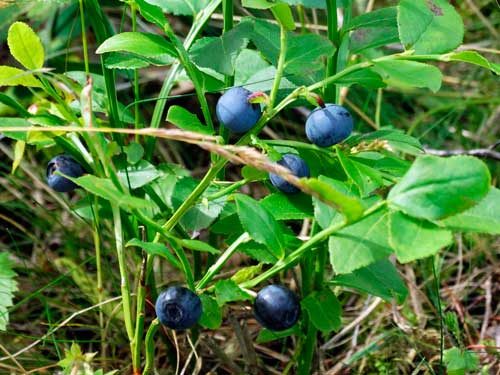

Shrub of the heather family, up to 50 cm tall. Numerous branchy shoots extend from the creeping rhizome. Leaves are light green, leathery, ovoid with a pointed tip. Flowering occurs in May. Flowers are solitary, greenish-white. The berries are juicy, sweet, with black-blue skin and reddish-purple flesh. The leaves and fruits are used for medicinal purposes.
Iris
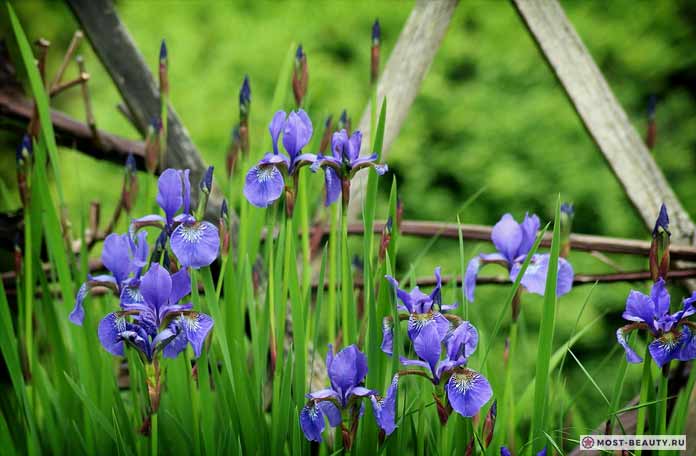

A handsome iris, a proud and sophisticated flower can truly claim the title of king of the wildflowers. It fits very naturally into the living wildlife. Its unusual shape and color range bewitches and attracts.
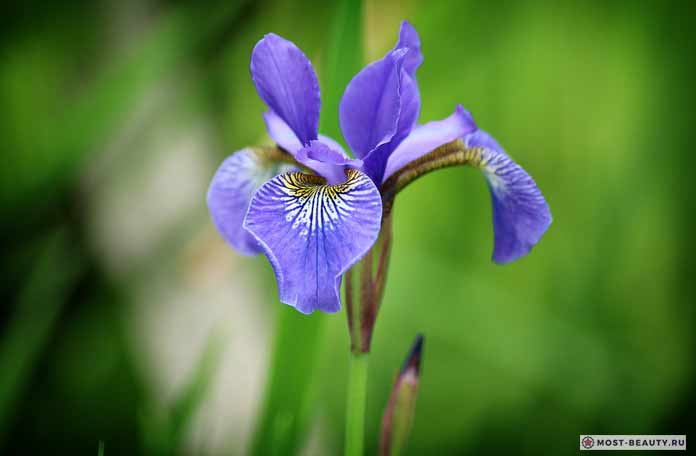

These flowers will suit extraordinary personalities and will decorate any bouquet, especially a bouquet of wildflowers. All the beauty of these wonderful flowers, as usual, look for on our website.
10
Snowdrop
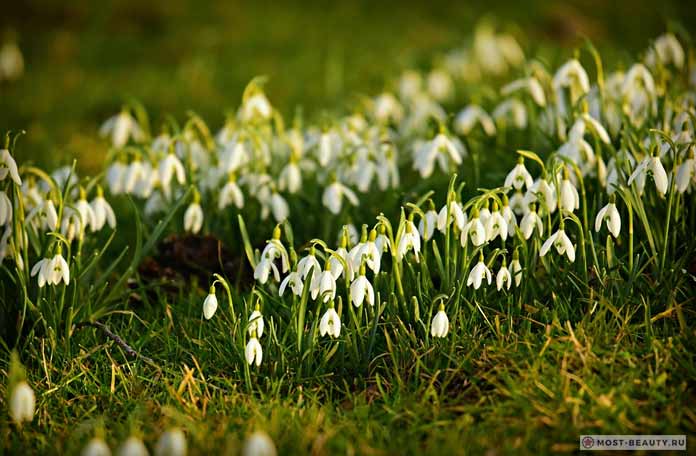

The snowdrop is a symbol of the spring of warmth and sun. Such a small snow-white, with his appearance, he seems to wake everyone from winter sleep. This is the earliest wildflower, because it appears at the end of winter, when there is still snow around.


Due to the mass trade, the snowdrop is listed in the Red Book, as it is on the verge of extinction, people, let's be more careful with nature and then we will be able to admire the flowering of the snowdrop every spring.
We advise you to see: The most beautiful snowdrops in the world.
Mordovnik ordinary
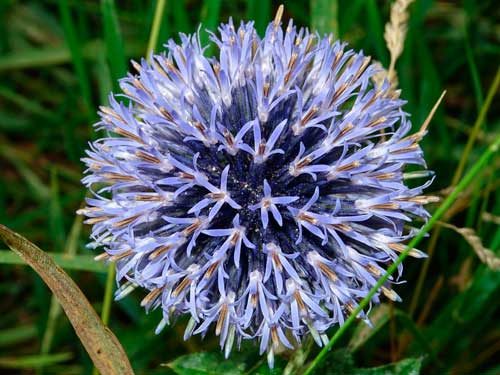

Herbaceous melliferous perennial of the Astrovye family, growing up to 1 m. The stem is erect, branching at the top. The leaves are dark green, oblong, pinnatipartite, up to 20 cm long. Tubular blue flowers are collected in 200 or more pieces in a spherical inflorescence, the diameter of which is up to 5 cm. The flowering period is from July to August.
Male shieldworm
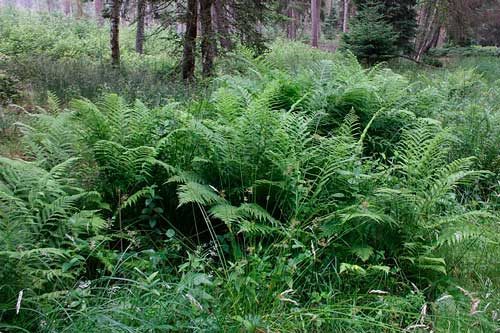

Forest fern with a short and thick rhizome, at the top of which there is a rosette of large leaves. Its lanceolate frond can reach a length of one and a half meters, leaf petioles are covered with brown scales. Sori are located on the underside of the leaf blade in 2 rows. Fern spores until the end of August, the average age of the plant is more than 30 years.
Dangerous and handsome
What a gratifying sight the field, dotted with golden droplets of buttercups, is! So sweet and touching is this flower with silky petals. Why does it have such a formidable name? The answer is simple - buttercup juice is very poisonous. It was from him that a potion was prepared, which plunged Juliet into a deep, death-like sleep.Scientists named the flower Ranúnculus, from the Latin word for frog, because the buttercup loves wet places. The plant blooms several times over the summer, and if the season is rainy, the flowers will be large and lush, and the stems will grow up to the waist.
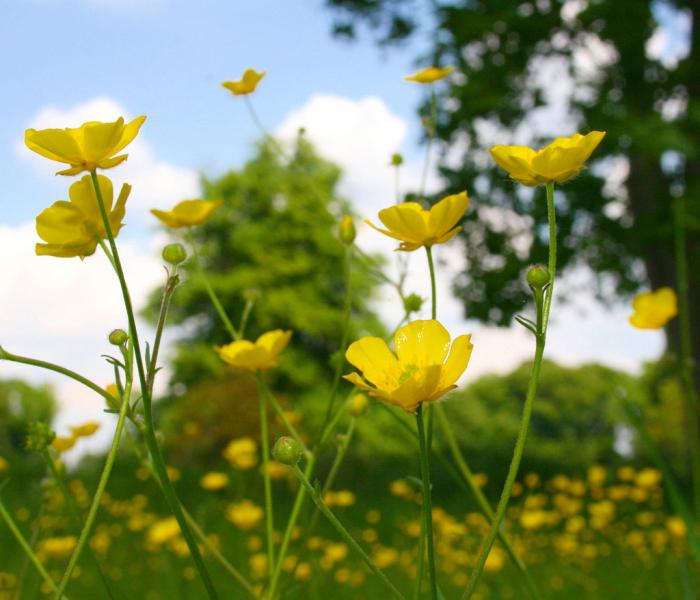

Sea buckthorn buckthorn
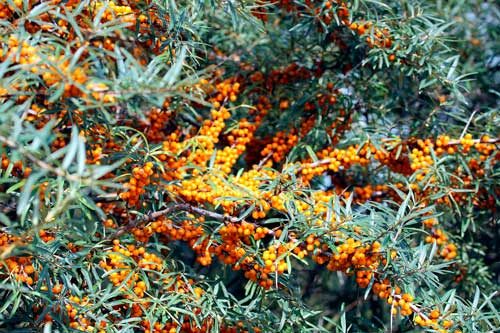

Deciduous shrub or tree of the Lokhovye family. It can exceed 15 m in height. The bark of new shoots is silvery, darkens with age, becomes almost black. The crown is lush, it can be in the shape of a pyramid, often rounded. There are thorns on the shortened shoots. The leaves are lanceolate, the upper part of the plate is gray-green, the lower one is silvery-white with a brownish or yellow tint. Flowering occurs in April-May. Flowers bloom on both male and female bushes. Only female plants bear fruit. Juicy, fleshy fruits of a bright orange or bright red hue are edible, smell like pineapple.
Forest rank
A beautiful perennial plant with a bright pink color of the flower corolla and a wonderful honey aroma that attracts pollinating insects from June to September autumn days. Many pasture animals choose this particular wild-growing beauty for nutrition, since there are many proteins and carbohydrates in its roots, stem and leaves. Belongs to the family of Moths (Legumes). The main economic value - as a perennial, carries out annual soil drainage, participates in soil-forming processes, goes well for livestock feed. It has no medicinal value.
Calendula
The most popular flower in summer cottages, flower beds and flower beds. An annual plant that blooms from June to October with bright orange fragrant flowers. Its popular name, marigold, is familiar to everyone from childhood.
From the flowers of calendula, tinctures and ointments are made, decoctions are used for lotions. Infusions of calendula are taken for gastritis and colitis, liver and gallbladder diseases, coronary heart disease and chronic bronchitis.
And yet this plant is more widely used for external use, since it has a strong wound-healing effect. With the help of calendula tinctures, you can cure herpes, various pustular diseases, oily seborrhea and eczema, conjunctivitis and blepharitis.
Rinsing will help with stomatitis and periodontal disease. Douching - with erosion of the cervix.
However, despite the huge advantages, the use of these drugs is not allowed for everyone. It is contraindicated to use infusions with reduced pressure and pregnancy. It is believed that even limited use of the plant can exacerbate toxicosis and cause severe vomiting. It is not recommended to use infusions when treating children under 12 years of age.
Eschsholzia
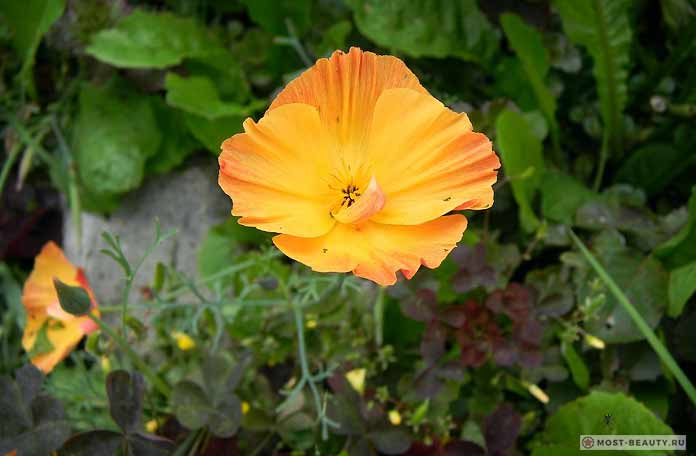

Small flowers of unusual beauty under the interesting name Escholzia delight the eye and soul with their beauty and tenderness. In California, where the miracle flower comes from, it is known, loved and called the Californian poppy, how could it be otherwise, if its image flaunts on the state coat of arms.
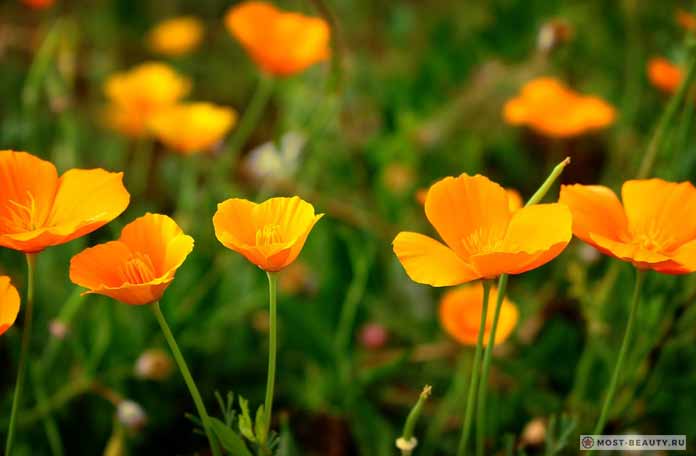

And the flower got its official name in honor of the German naturalist Johann Friedrich von Eschsholtz, who studied it.
14
The names of blue wildflowers. Blue linen
Among the flowers that delight us with a cool heavenly shade, flax can be called the most delicate. Its Latin name - Línum - comes from the Celtic language, in which the word lin means "thread": the stalk of flax consists entirely of thin fibers. The plant has been healing, nourishing and dressing people since ancient times. A remarkable quality of linen fabric is its resistance to decay and an increase in strength at high humidity. From the seed of this plant of the flax family, oil was made, which generously contains the essential linolenic fatty acid, which participates in the metabolism of humans and animals, and prevents the development of cardiovascular ailments.
Elm smooth
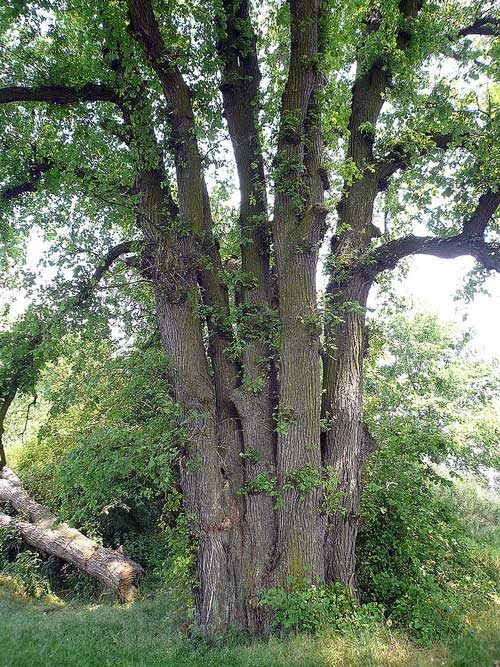

A tree of the elm family, growing up to 40 m in height. The diameter of the trunk of an old elm reaches 1 m. The bark is peeling, has a brownish-brown tint.The crown is wide-cylindrical, thick branches are directed upwards. Leaves are oval, pointed, about 12 cm long, no more than 8 cm wide, located on short petioles. The tree blooms in spring, small flowers bloom until leaves appear. Elm lives up to 250 years.
Mother and stepmother
This plant has always saved from many ailments. In ancient times, healers prepared a healing broth that cured people from a suffocating cough. She is still very popular now.
Helps with colds, bronchitis, bronchial asthma. Drops from her broth will cure the most severe rhinitis.
In case of stomach irritation, warm, unsweetened tea brewed from the leaves of coltsfoot is very useful.
For skin diseases, it is applied to boils, abscesses and ulcers.
With erysipelas, wounds are sprinkled with powder from crushed raw materials.
How the forget-me-not got its name
Unpretentious forget-me-nots love moisture, they can be found along streams, in meadows, along river banks. The scientific name of this flower from the borage family - Myosótis - comes from the name "mouse ear", because, opening, the petals are very reminiscent of a rodent's ear. And according to legend, the forget-me-not got a name when the goddess Flora came down to earth and presented the flowers with names. It seemed to her that she respected everyone, but then a faint voice sounded behind her: "Do not forget me, Flora!" The goddess took a closer look and saw a tiny blue flower, called it forget-me-not and gave him the miraculous power to restore memory to people who have forgotten their homeland and loved ones.
